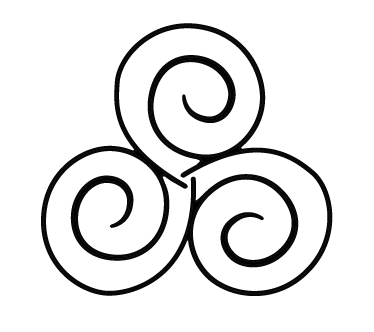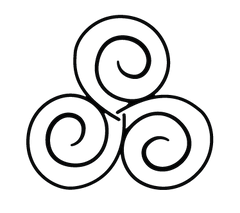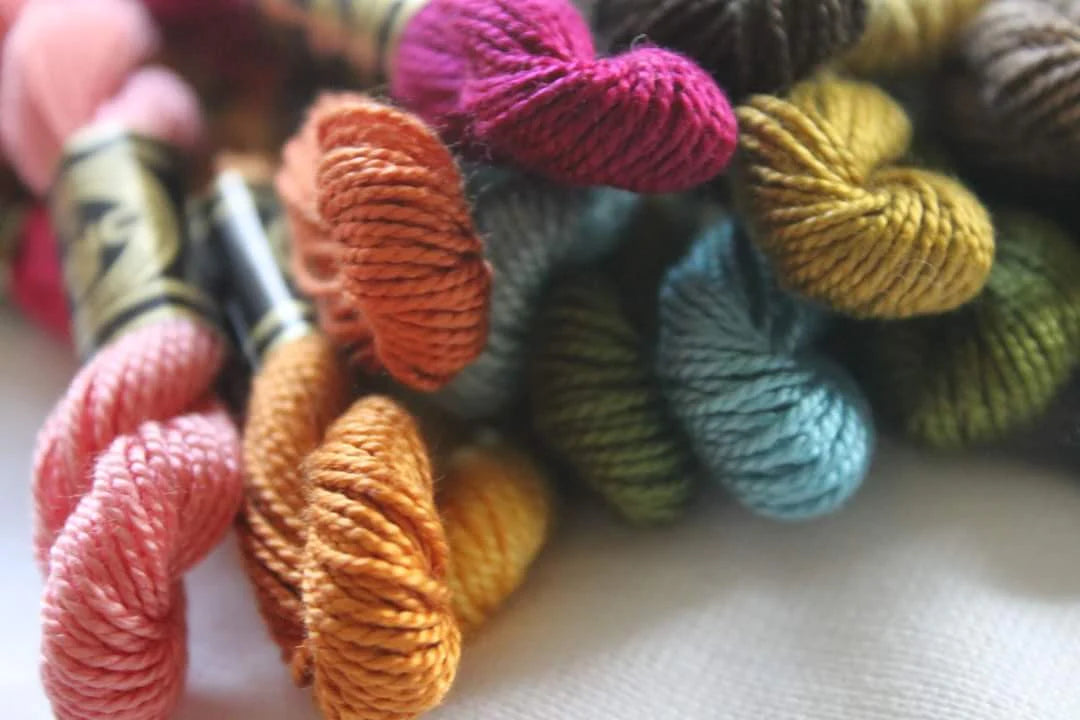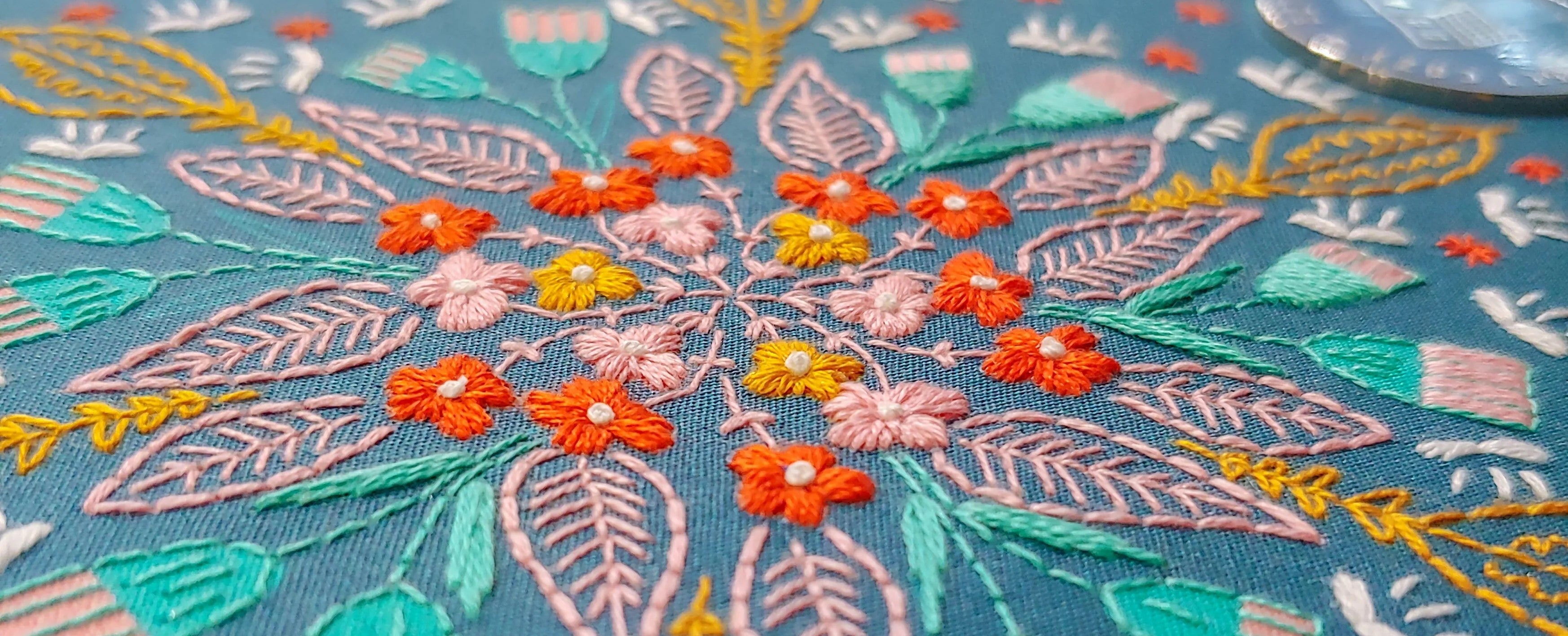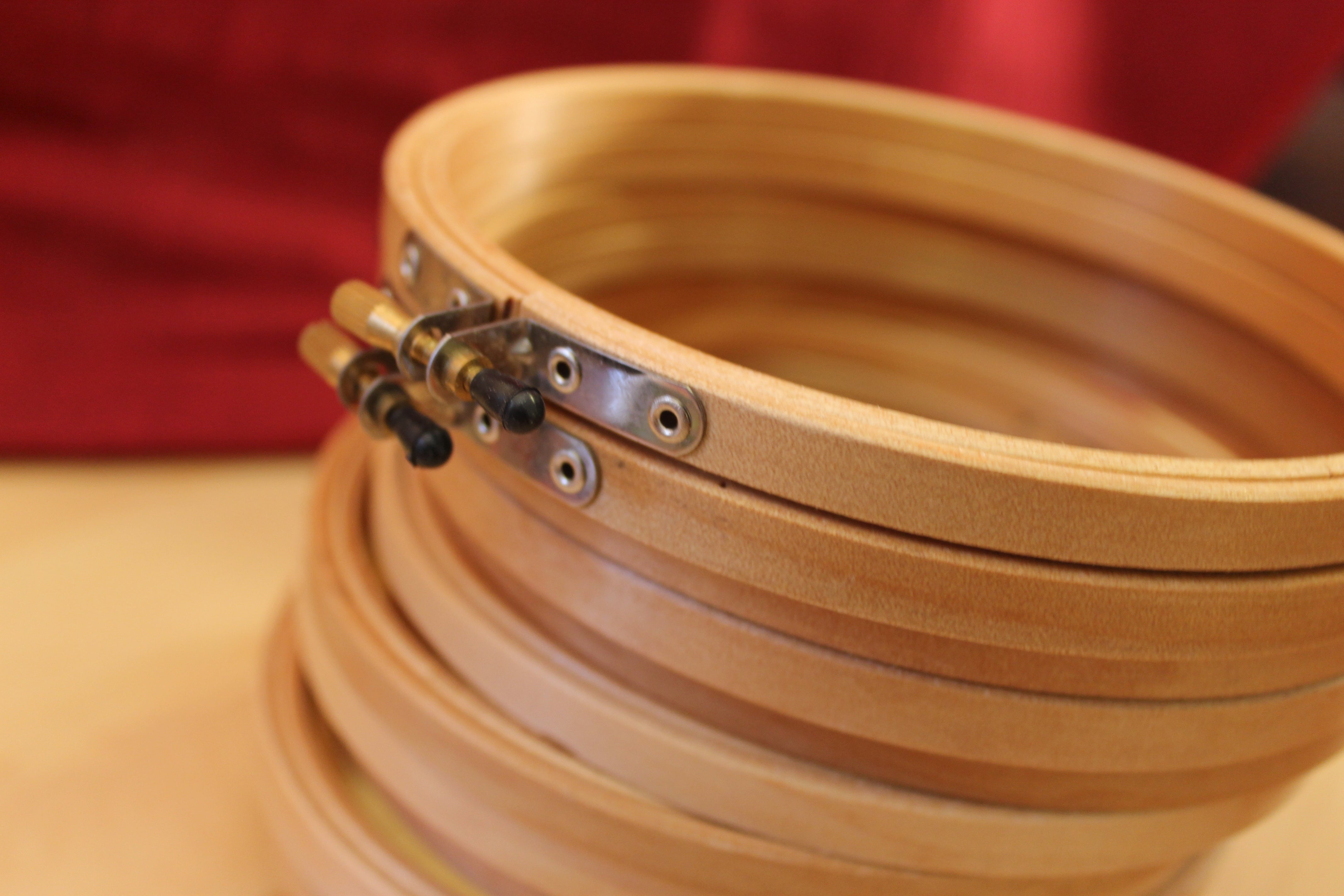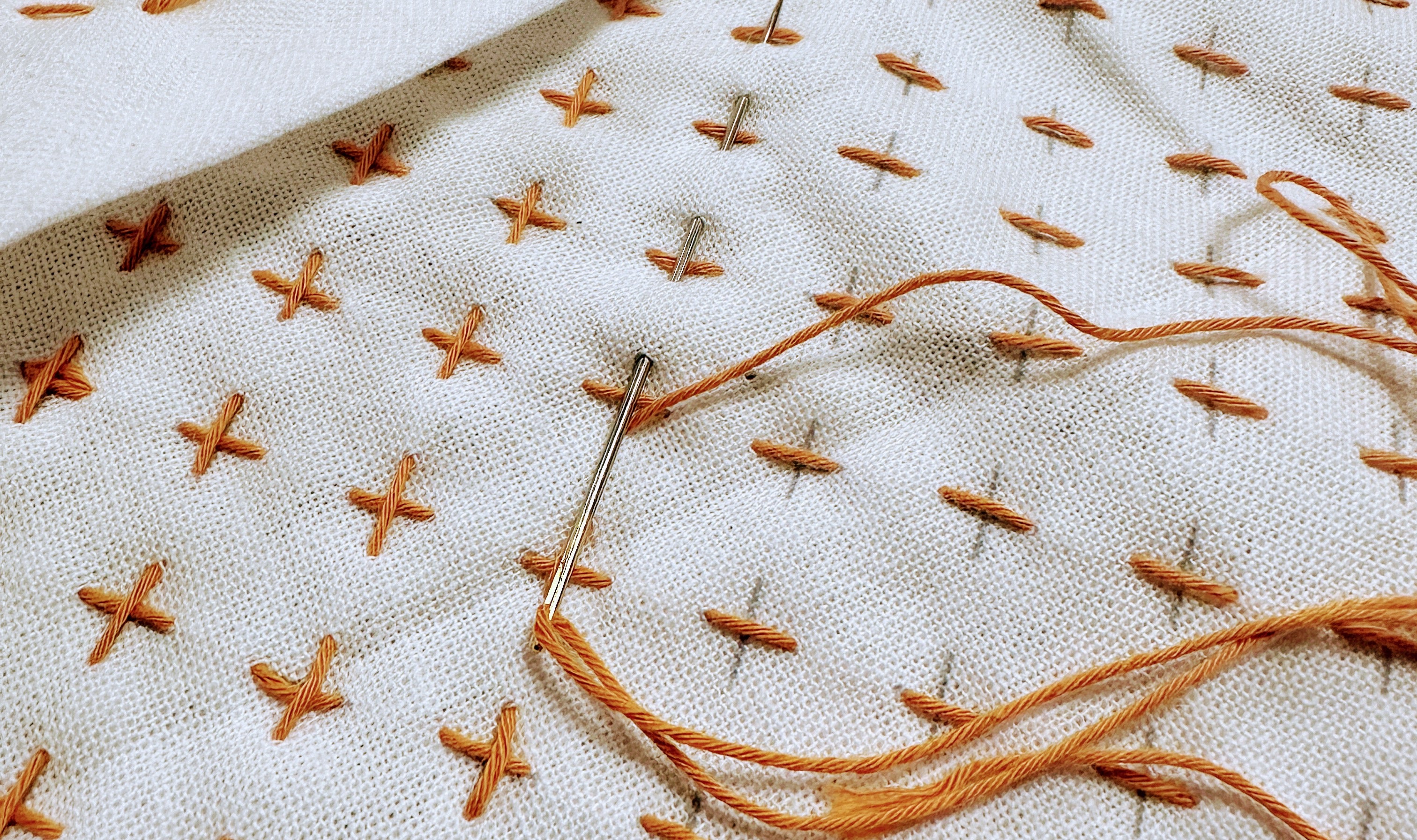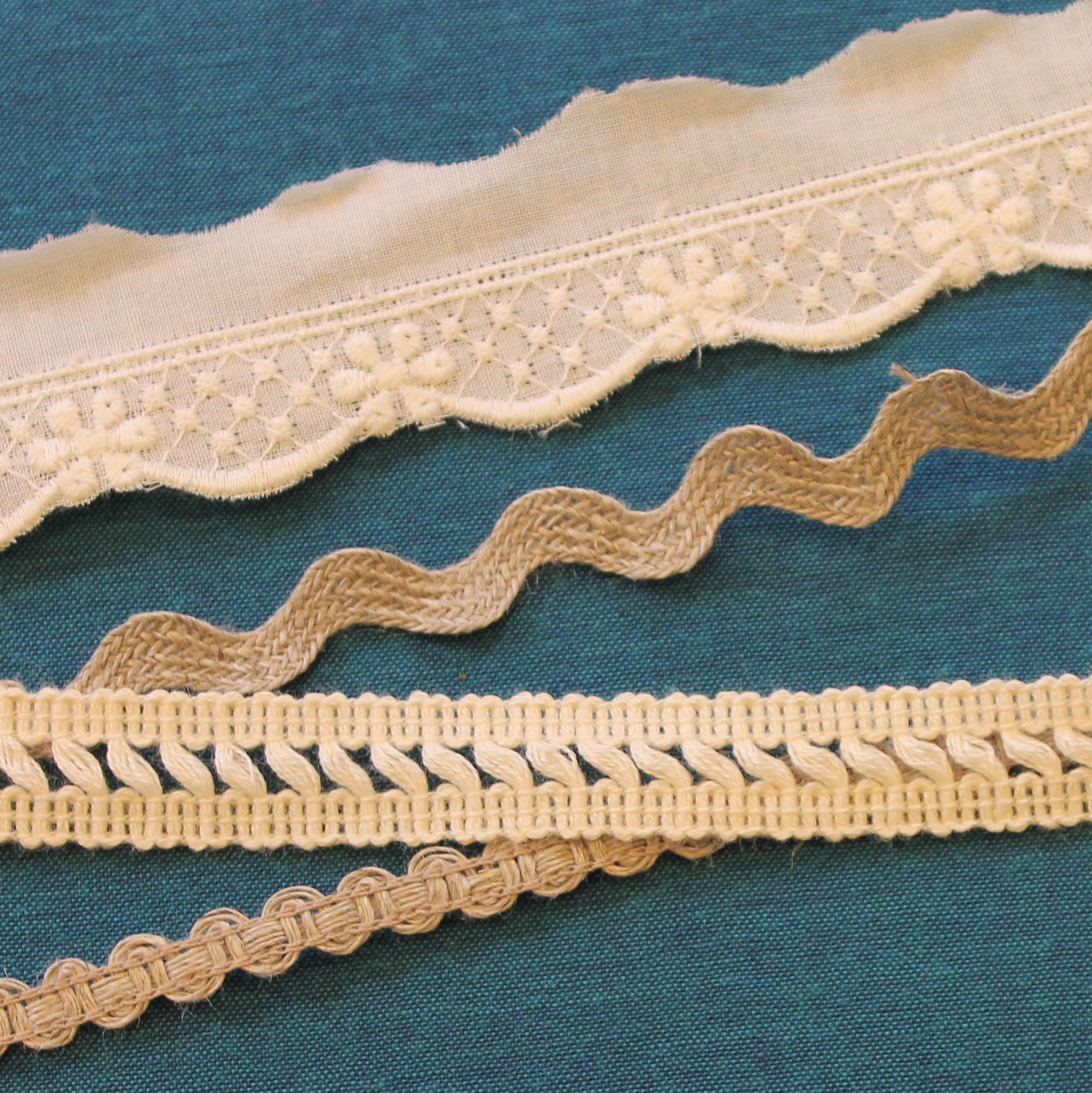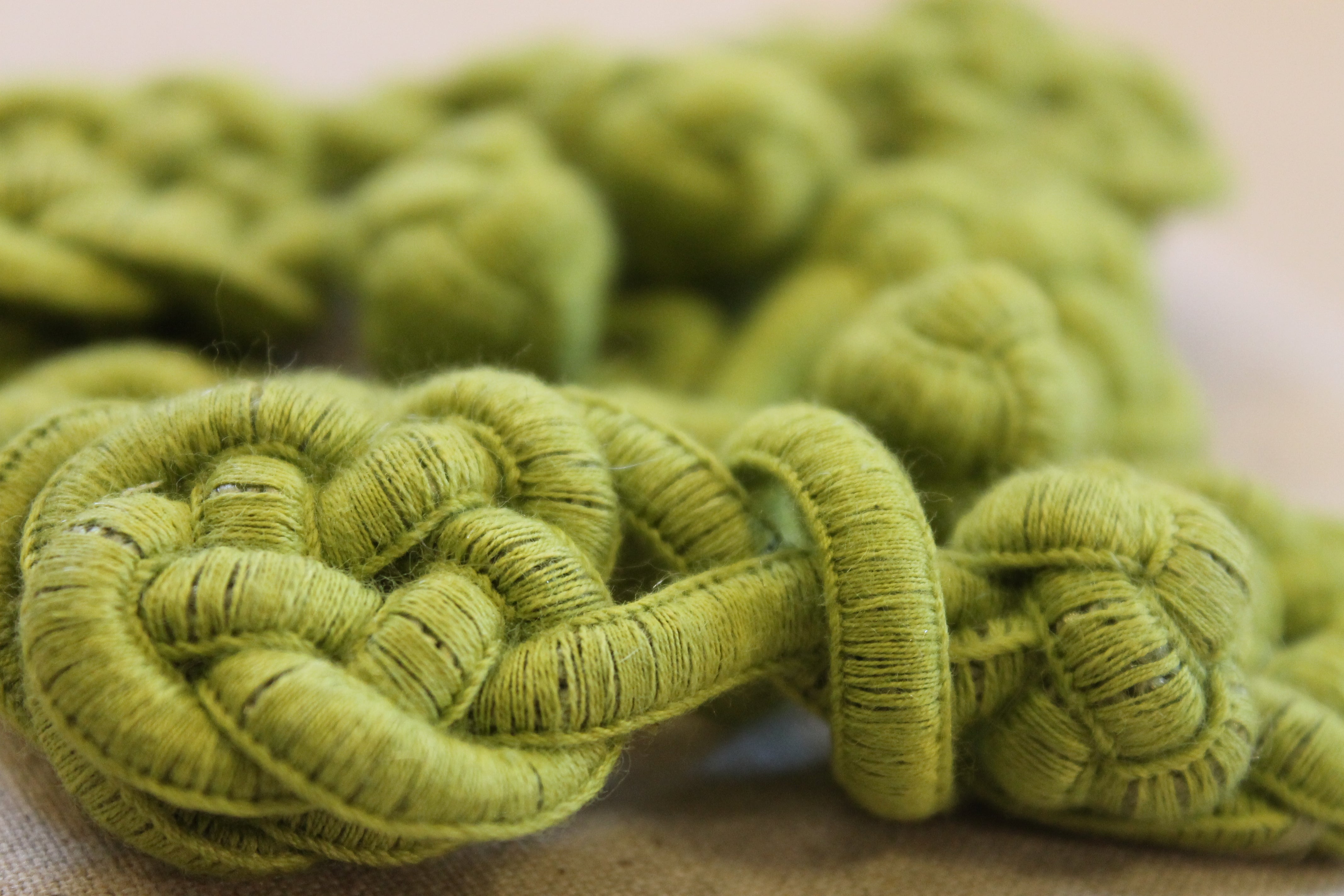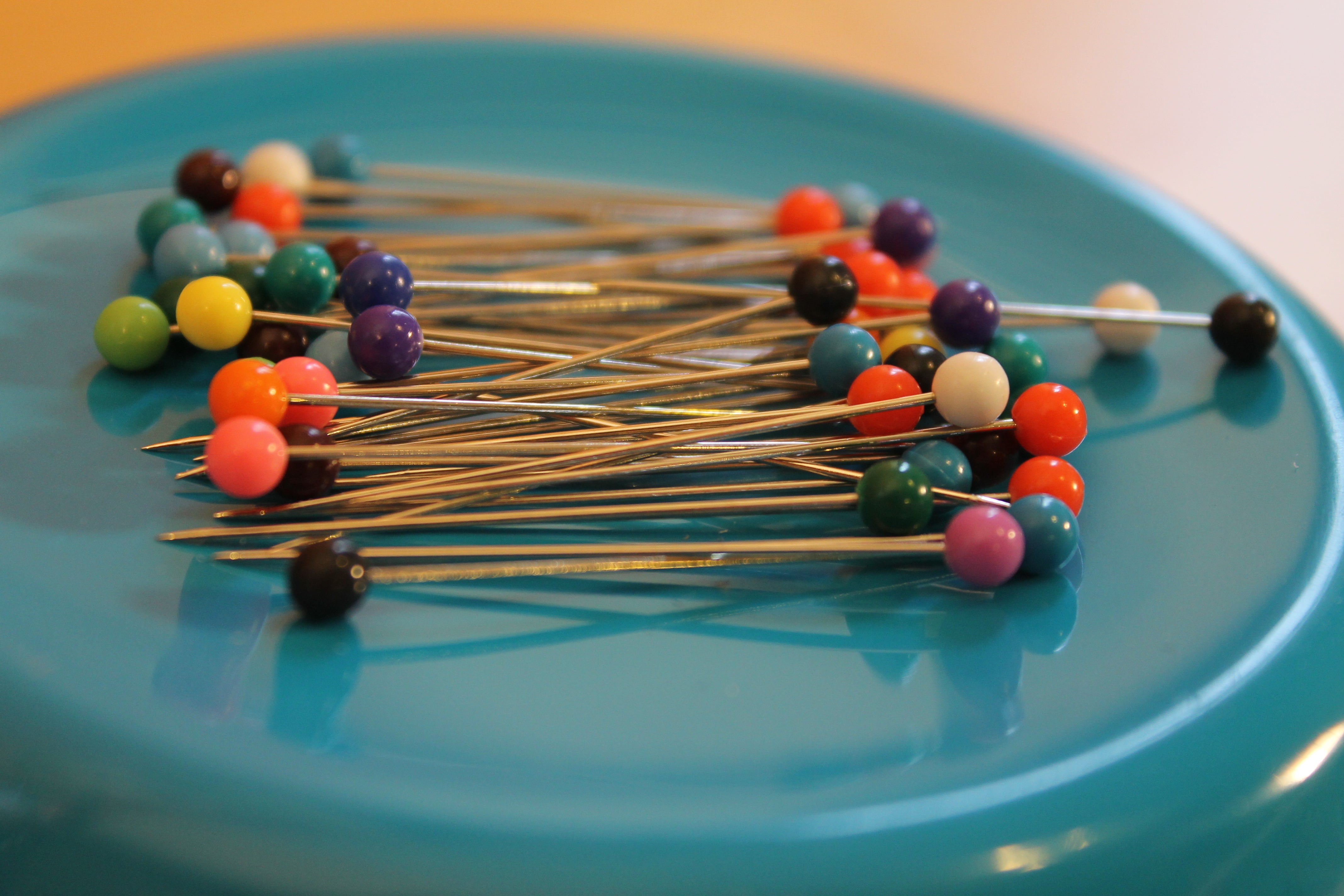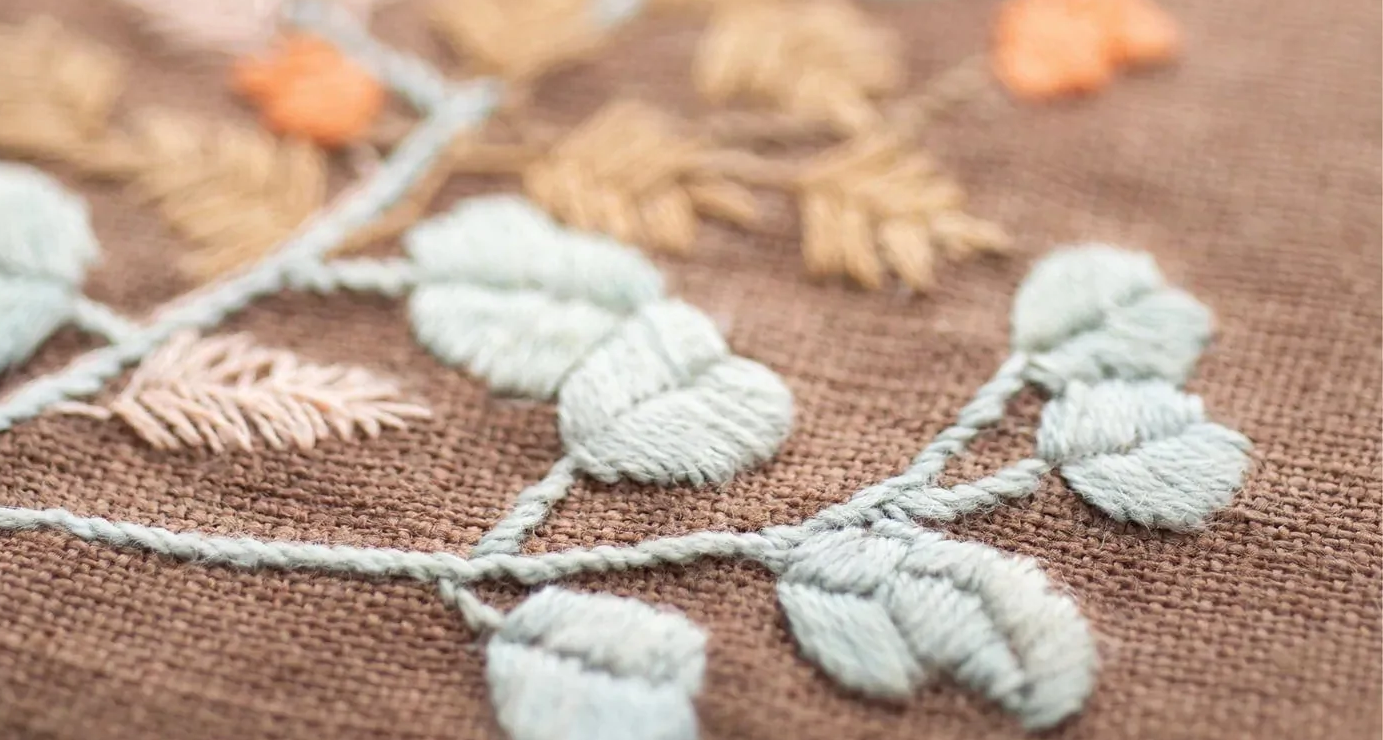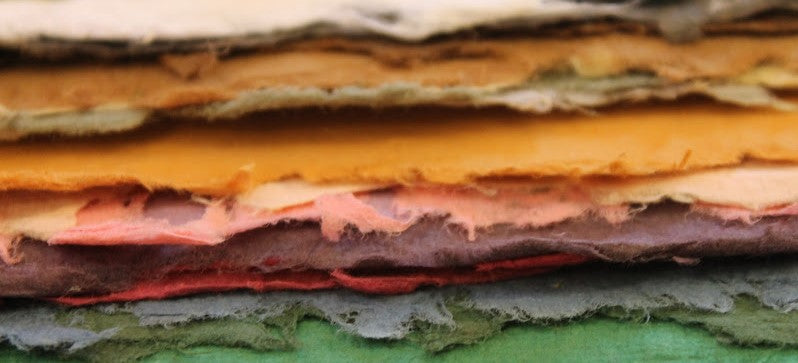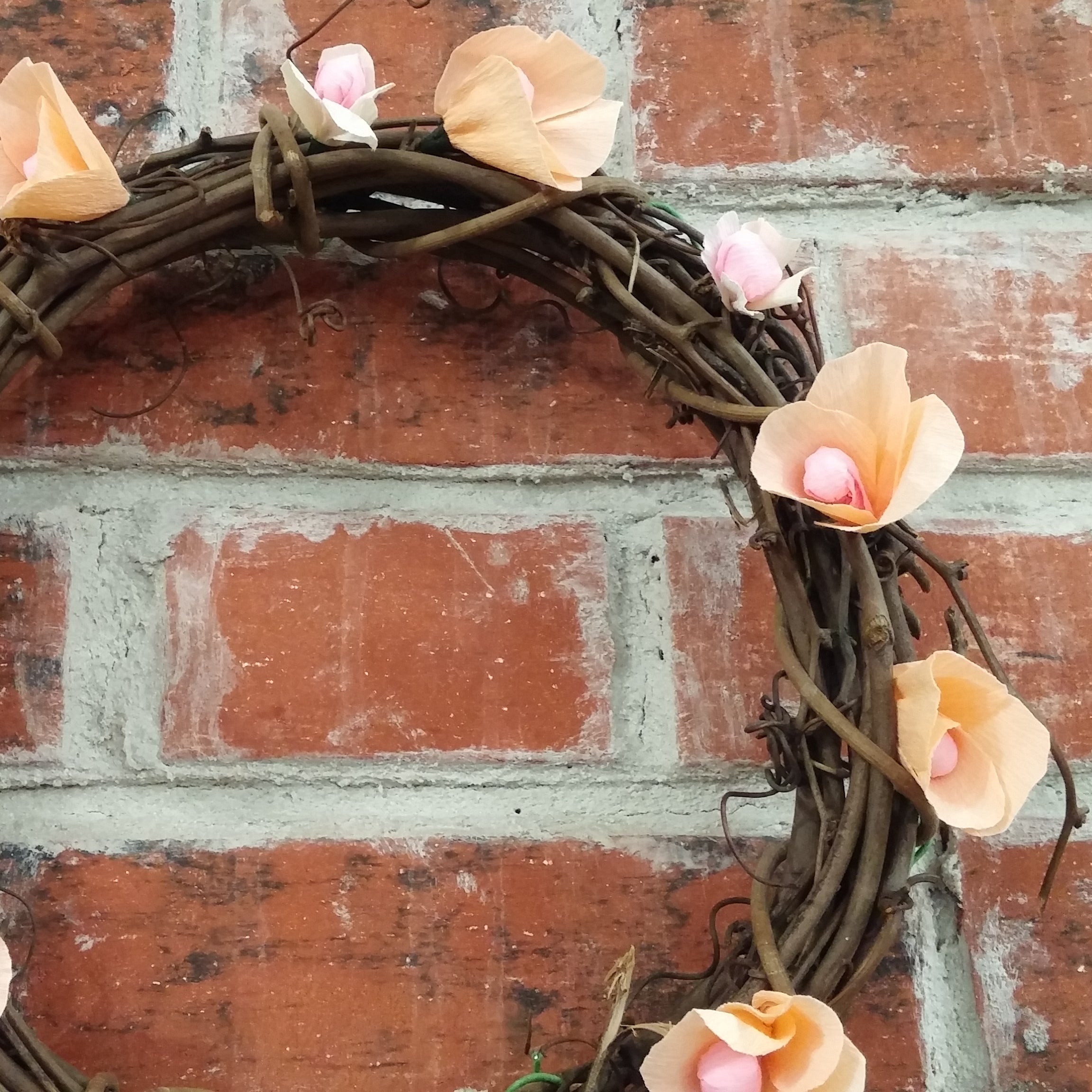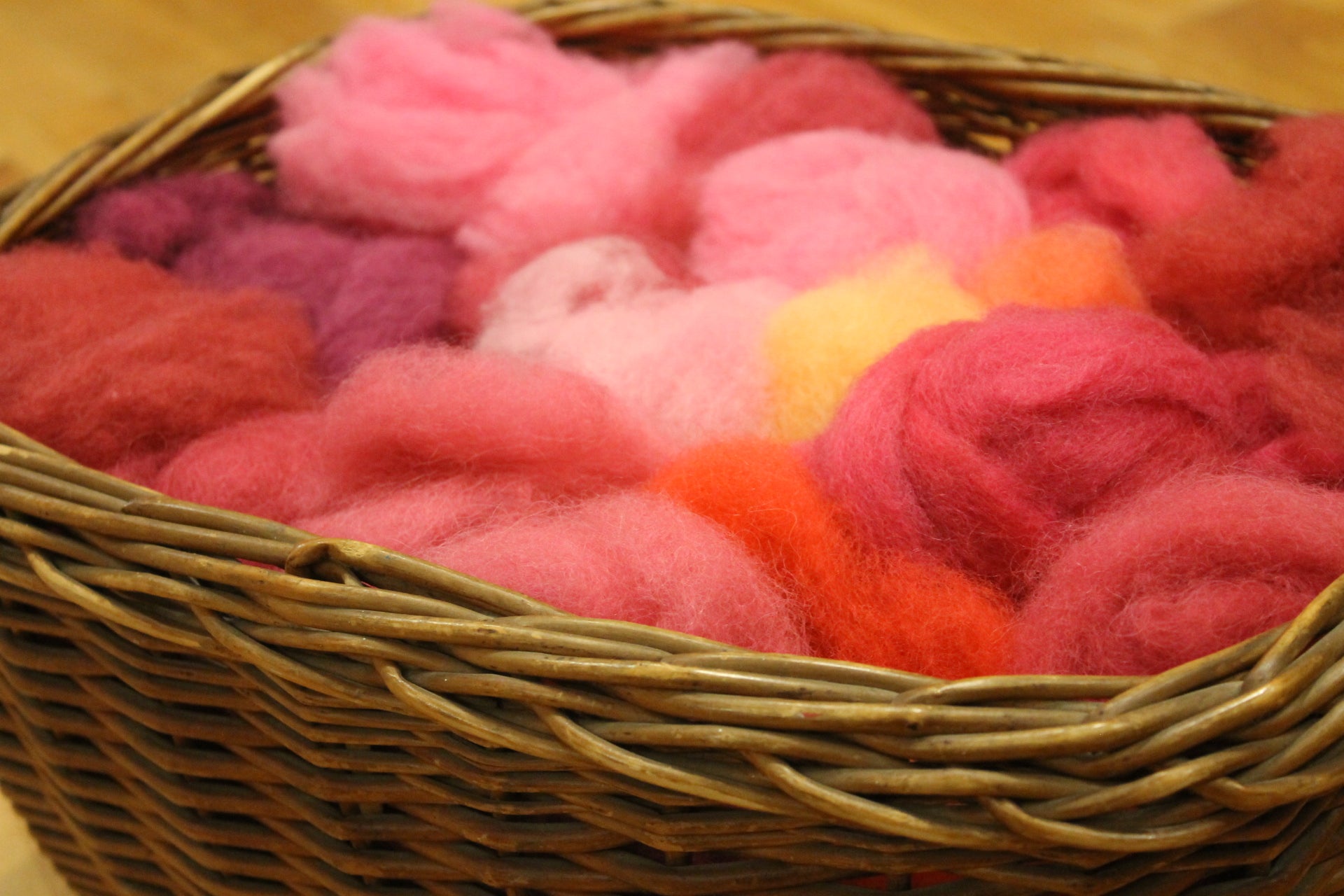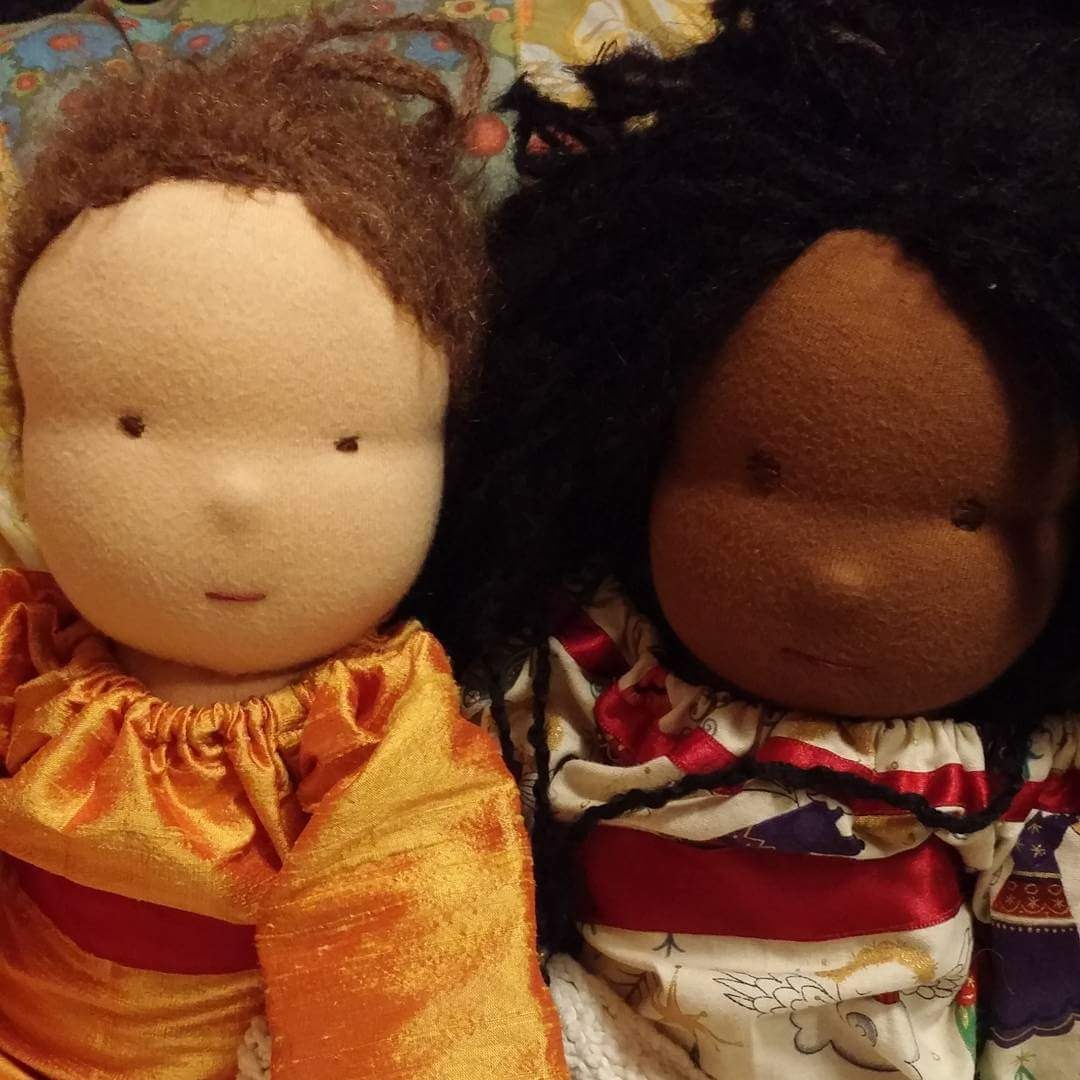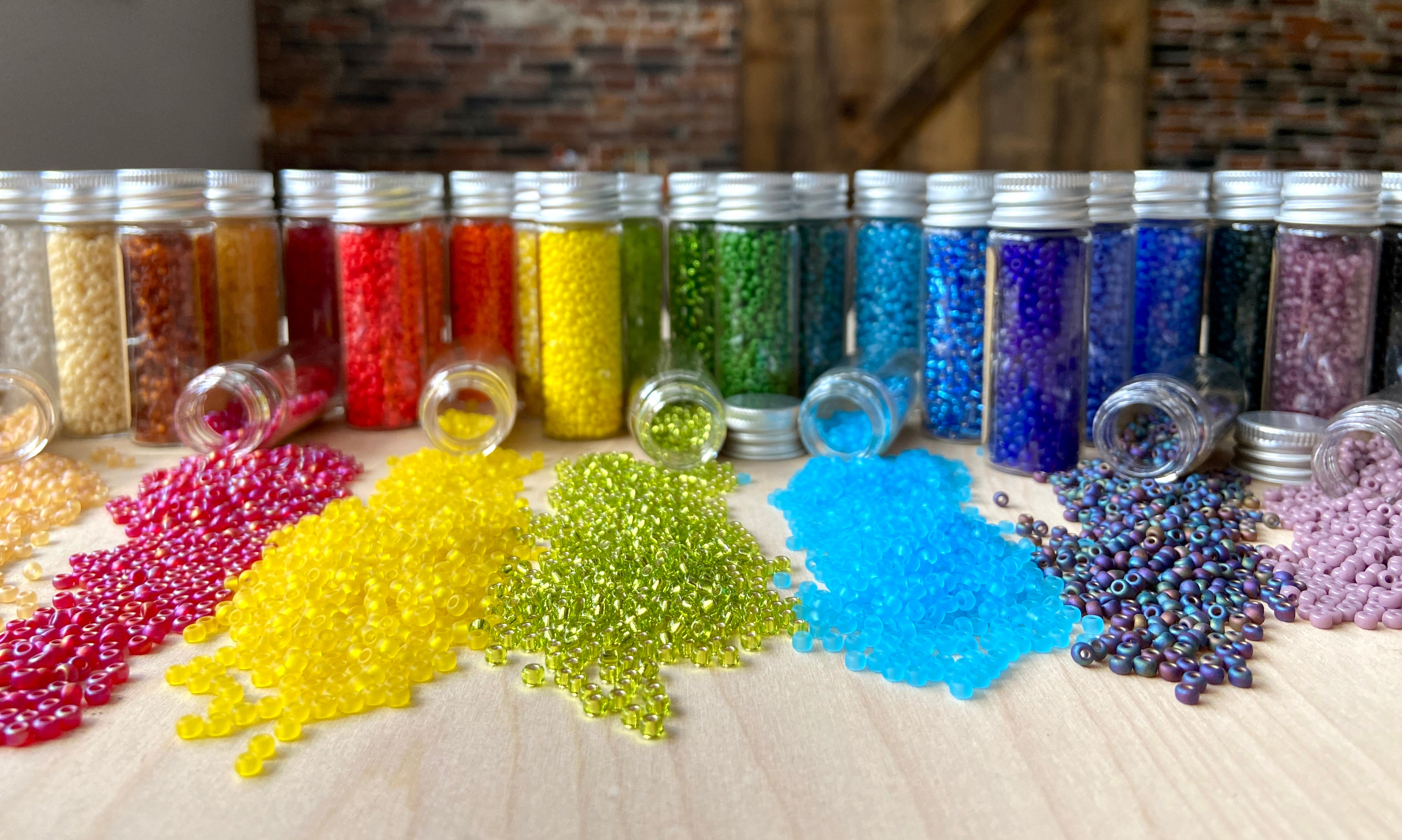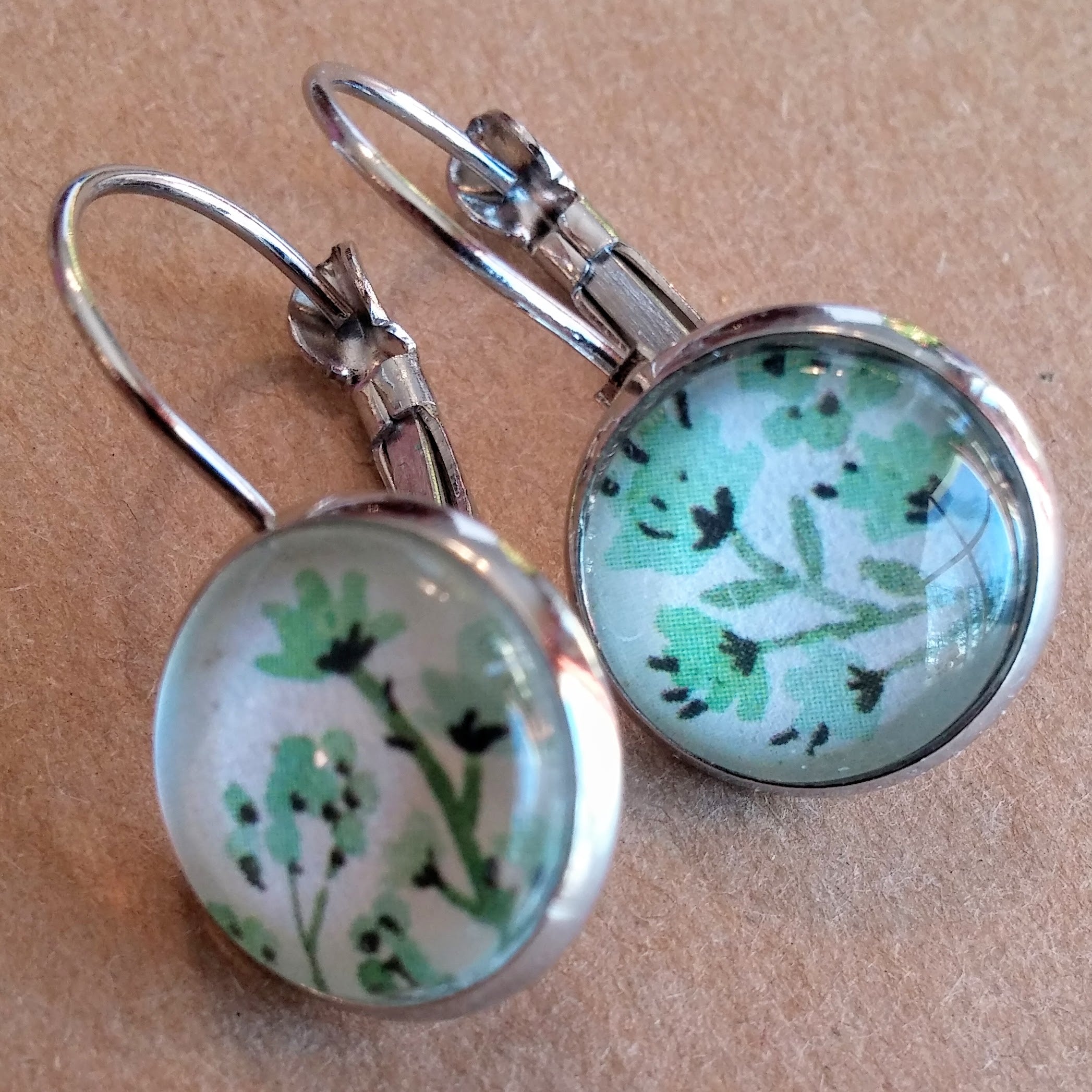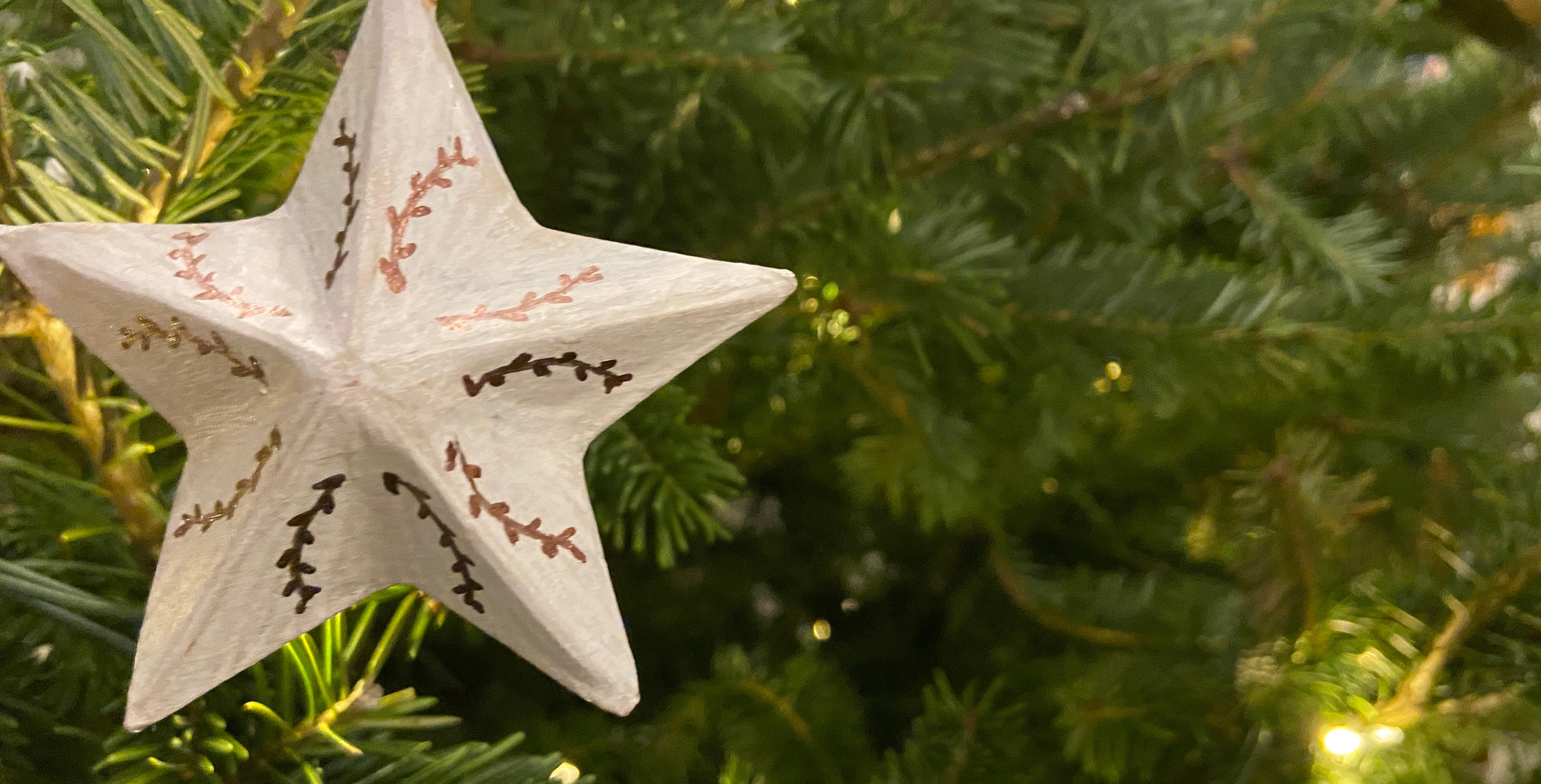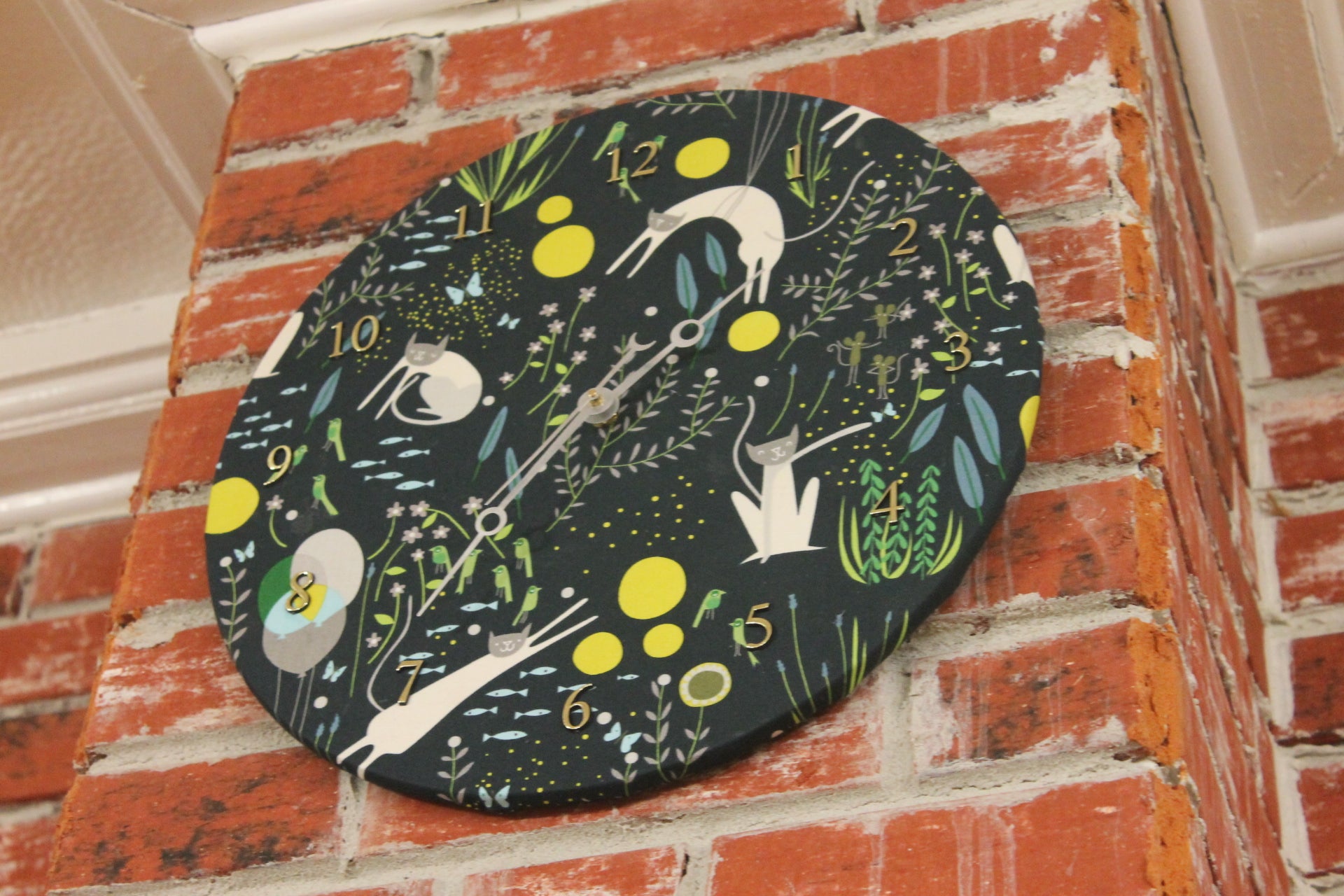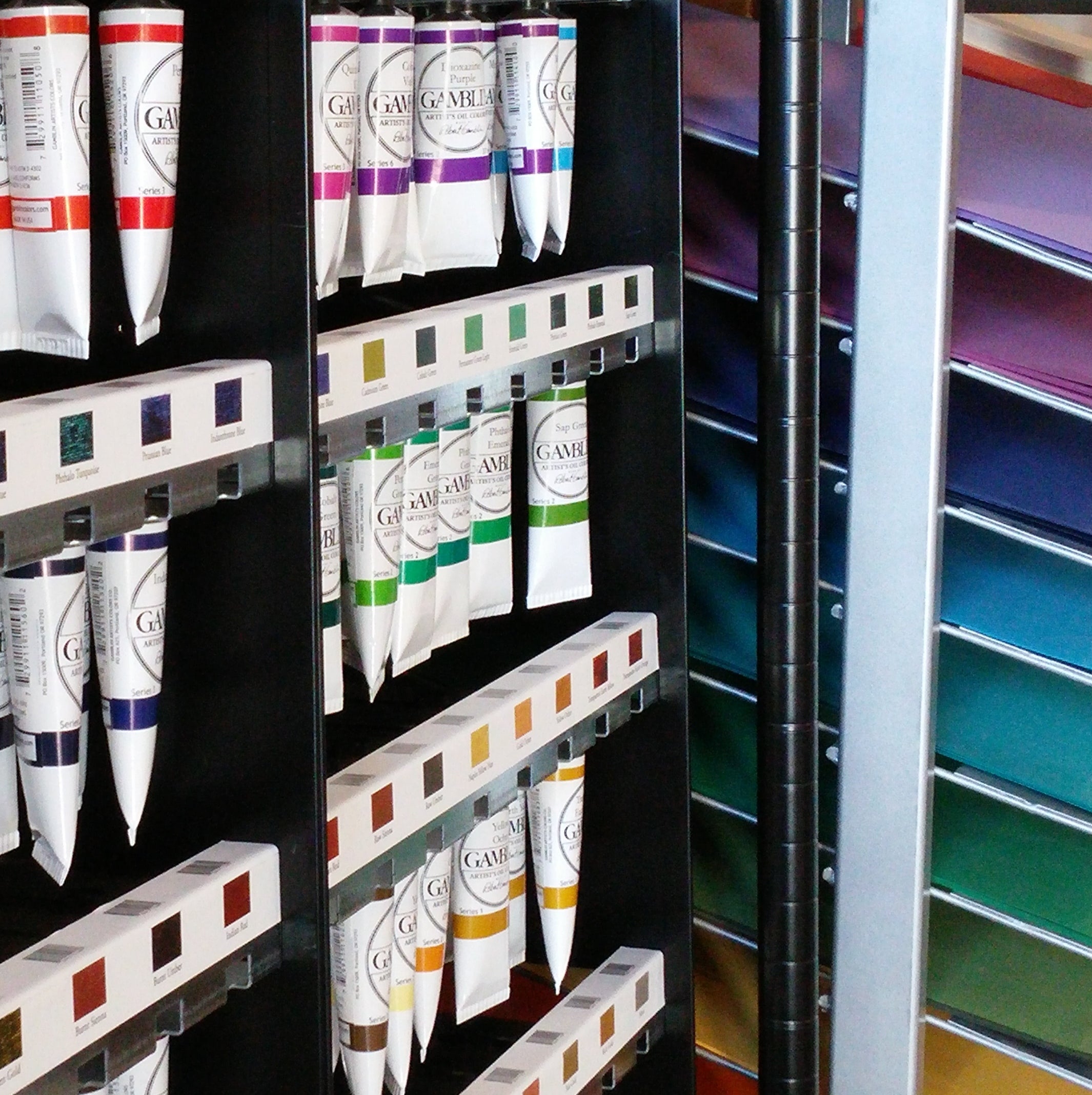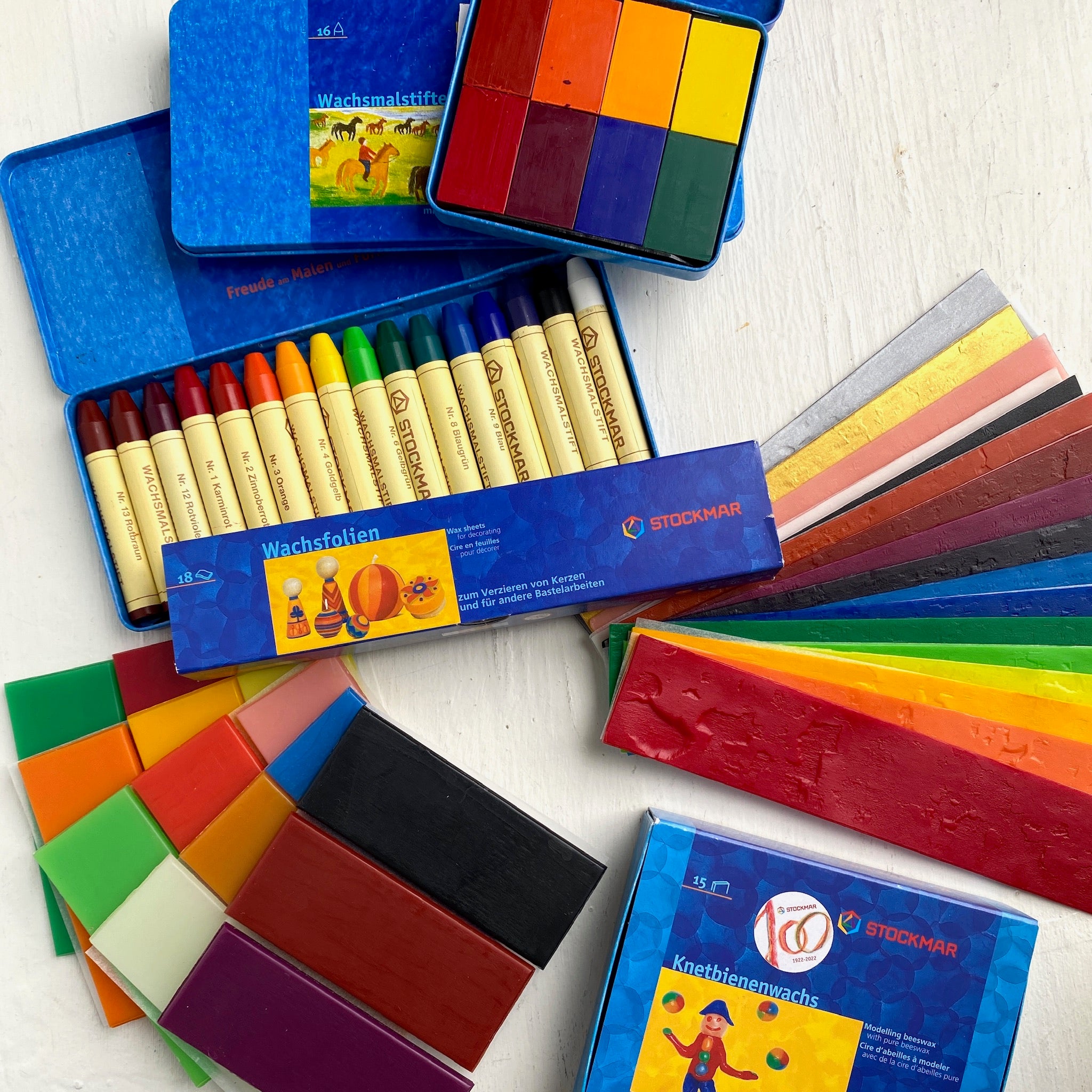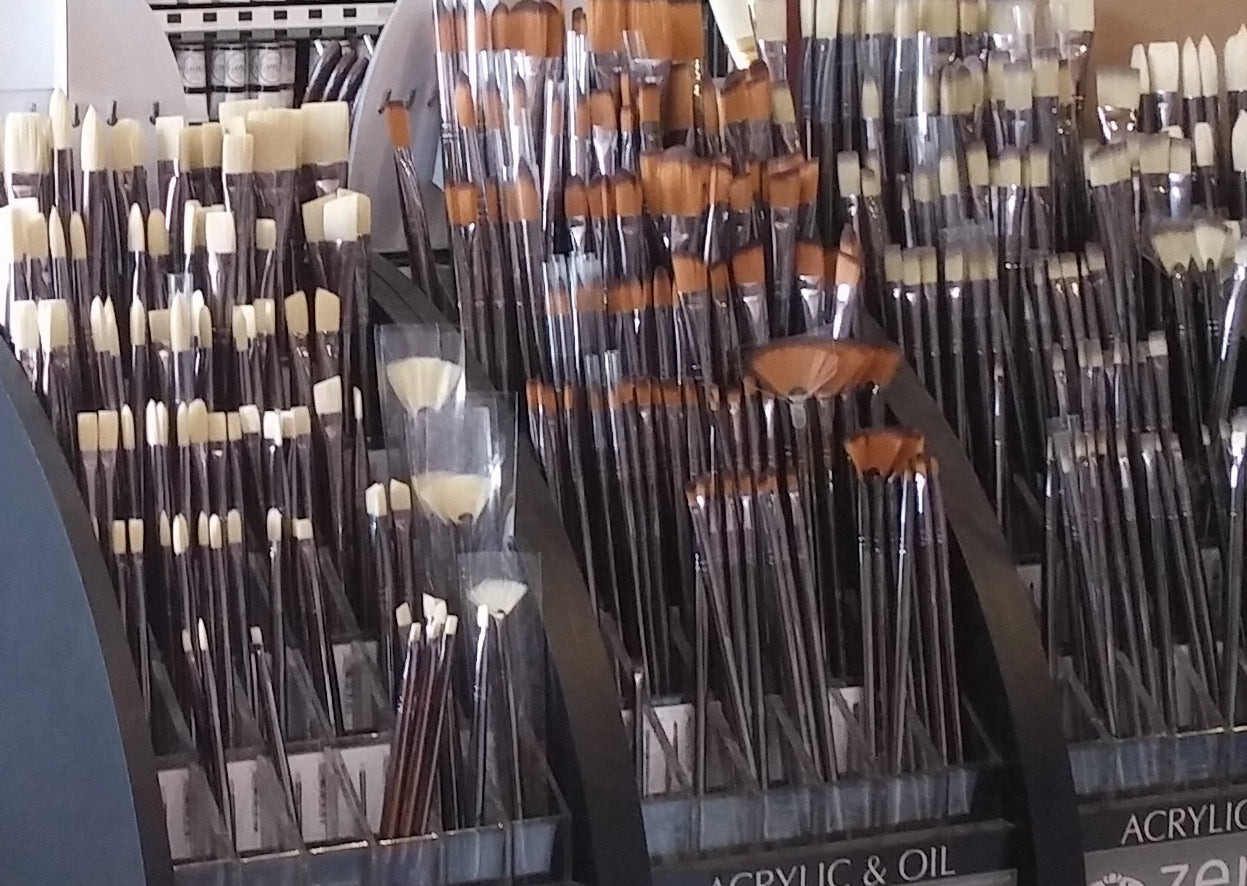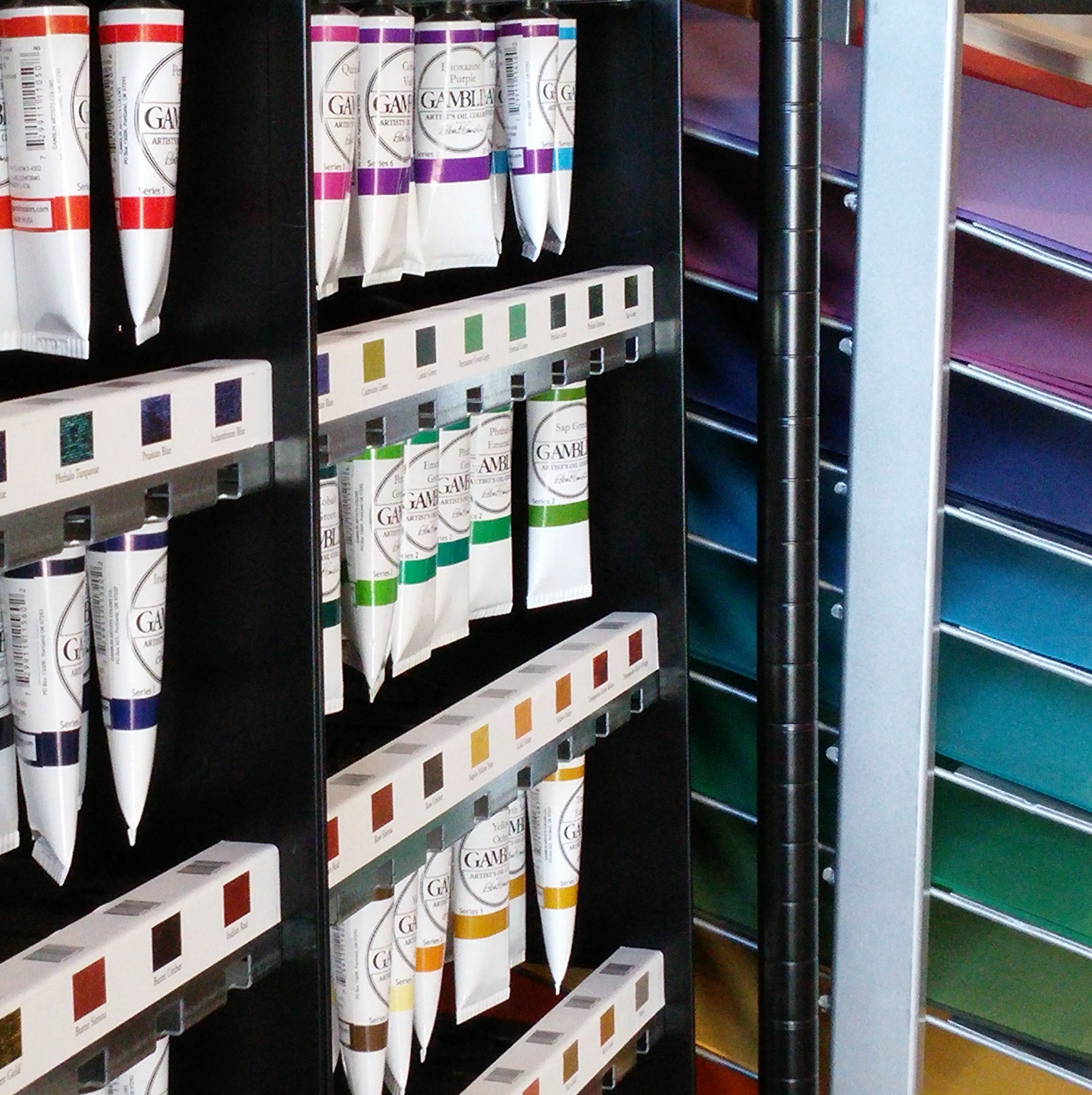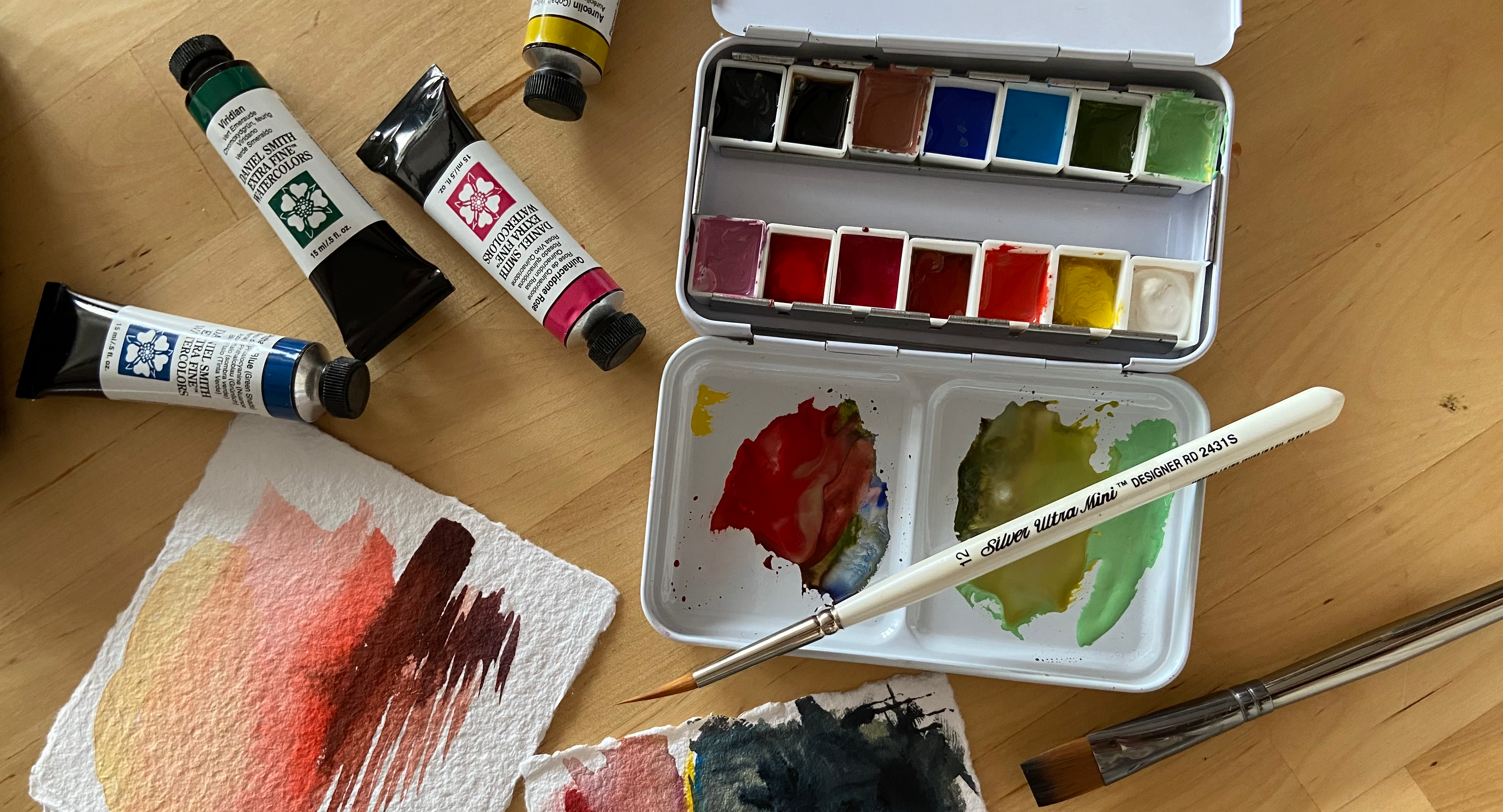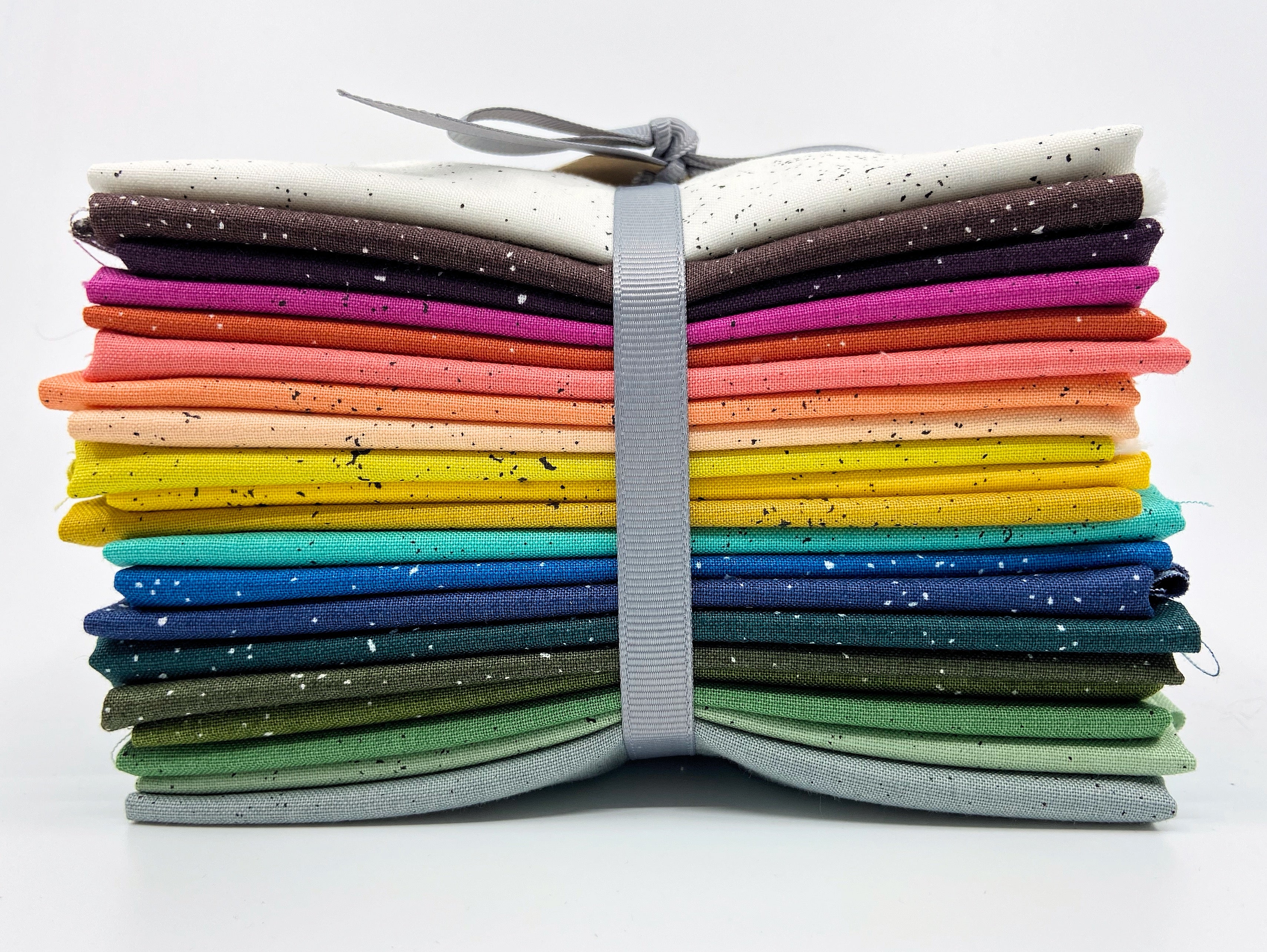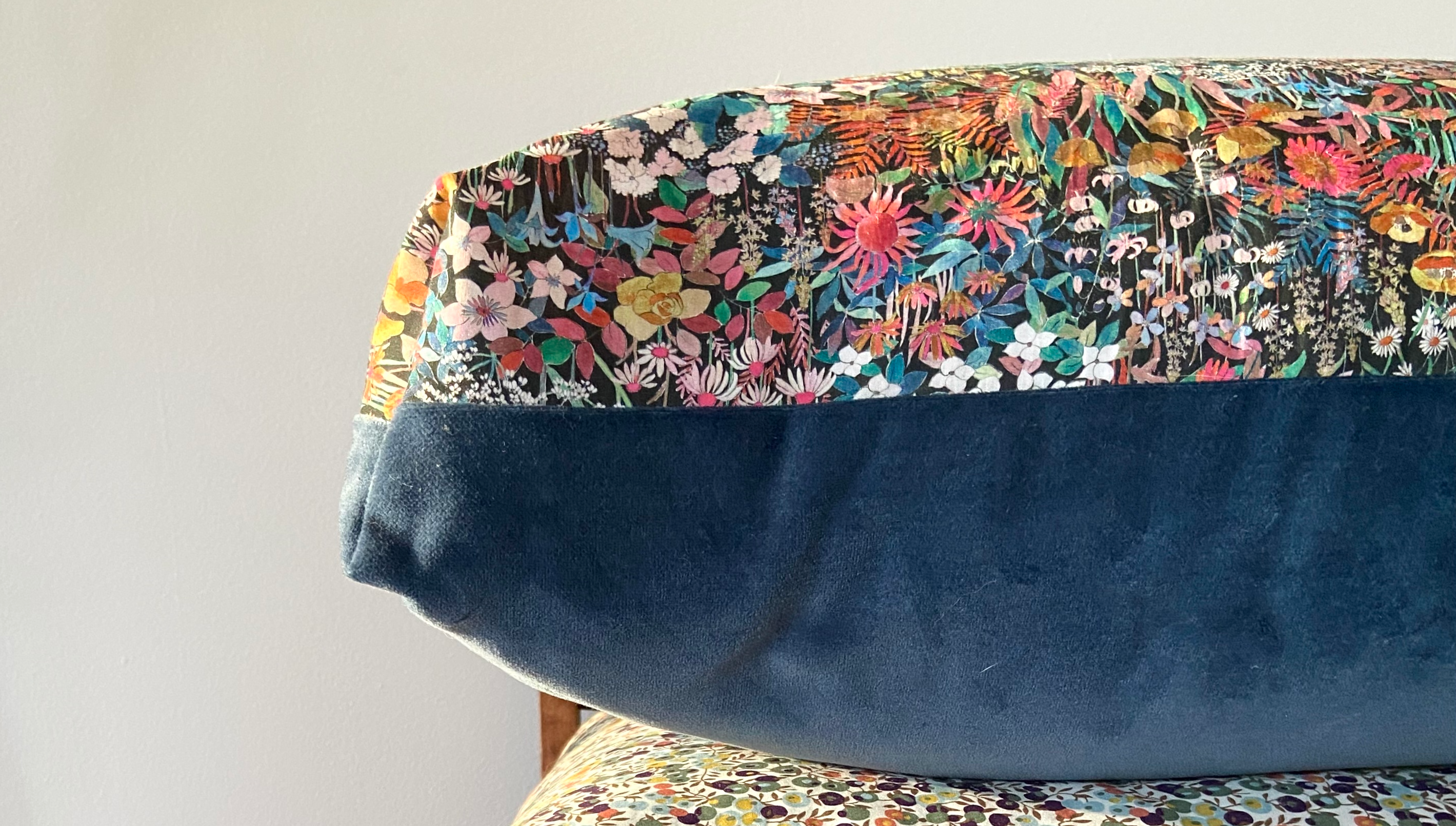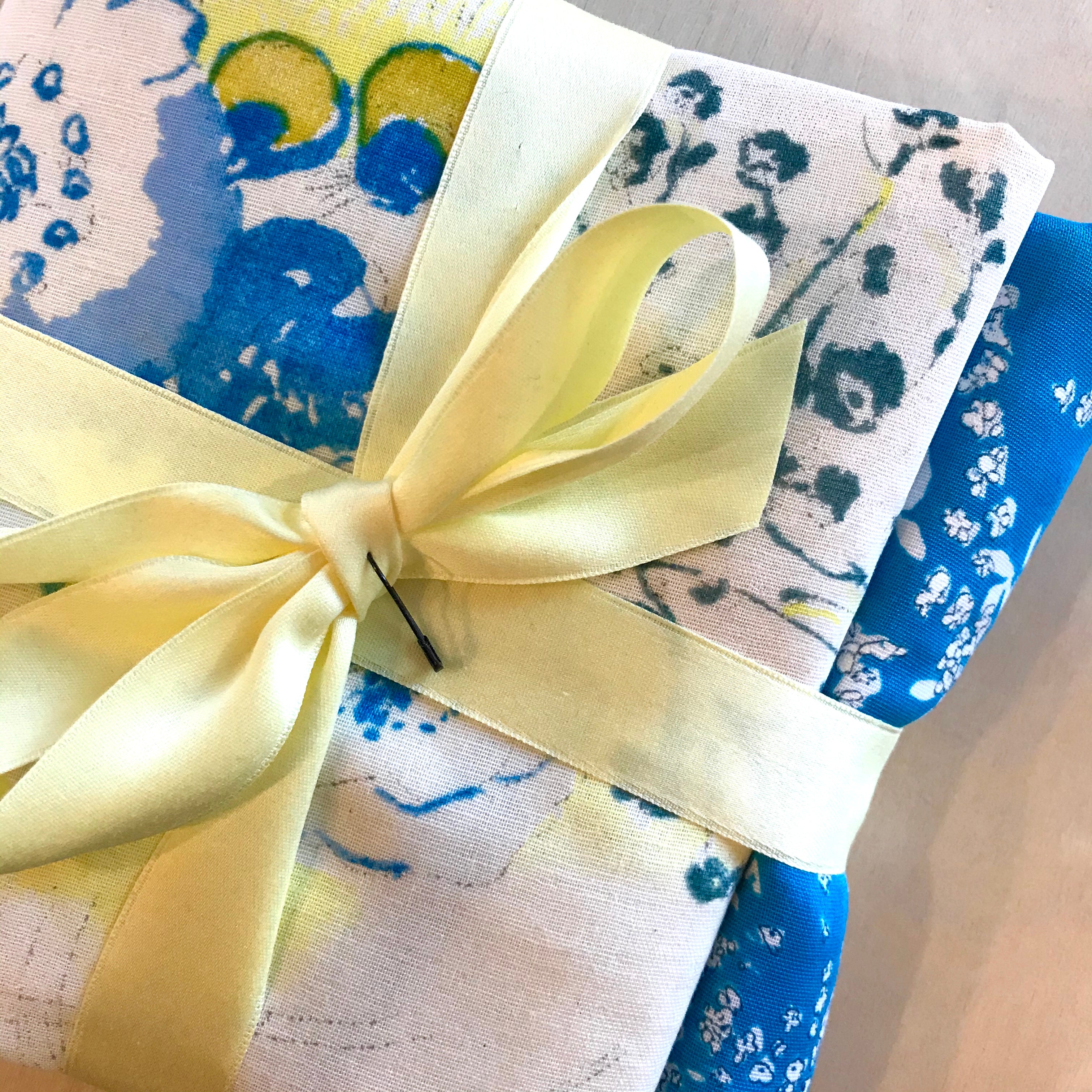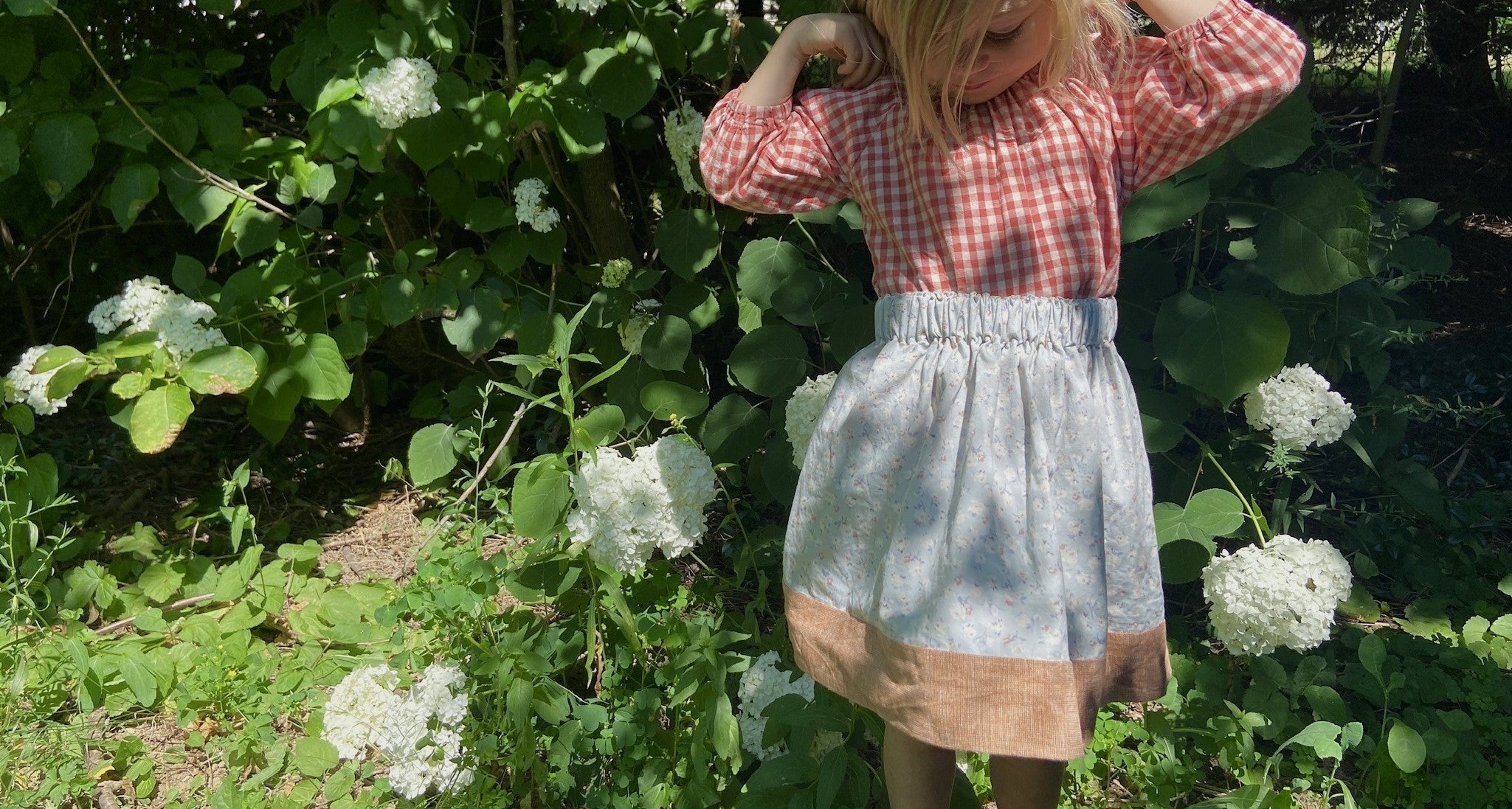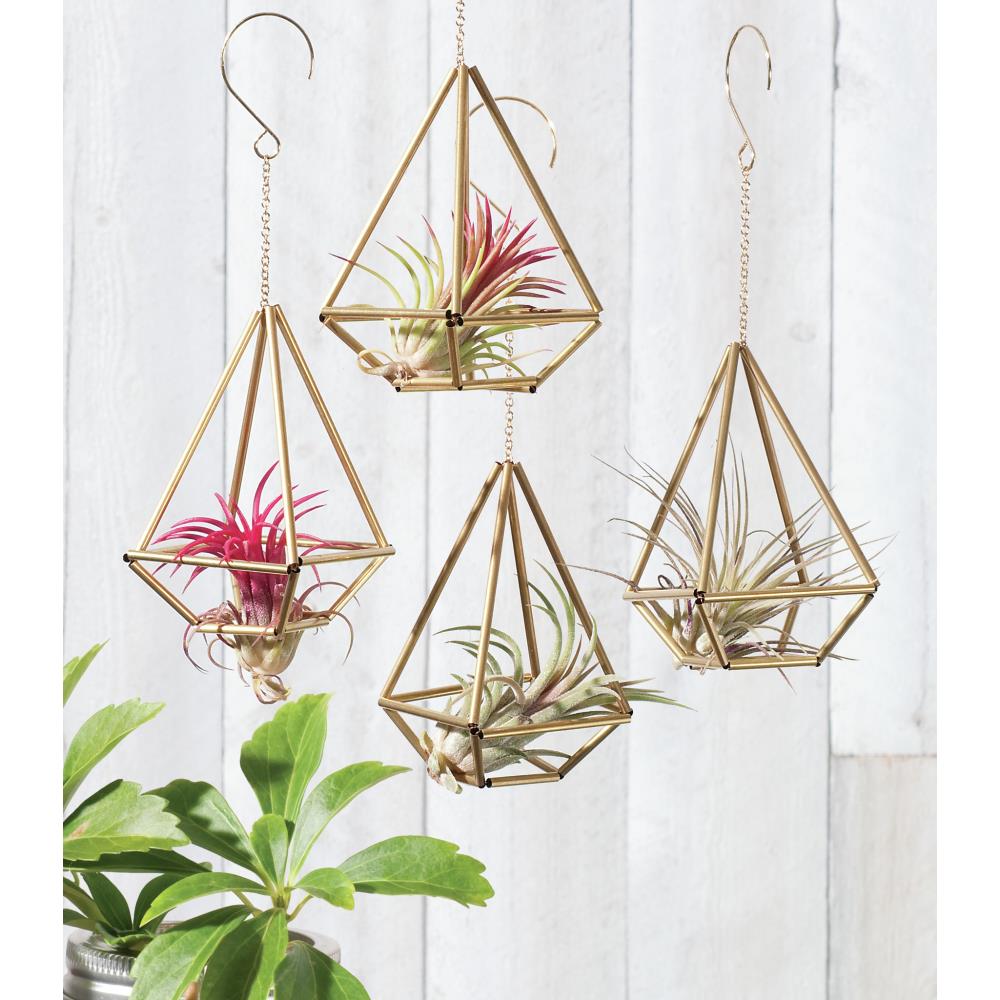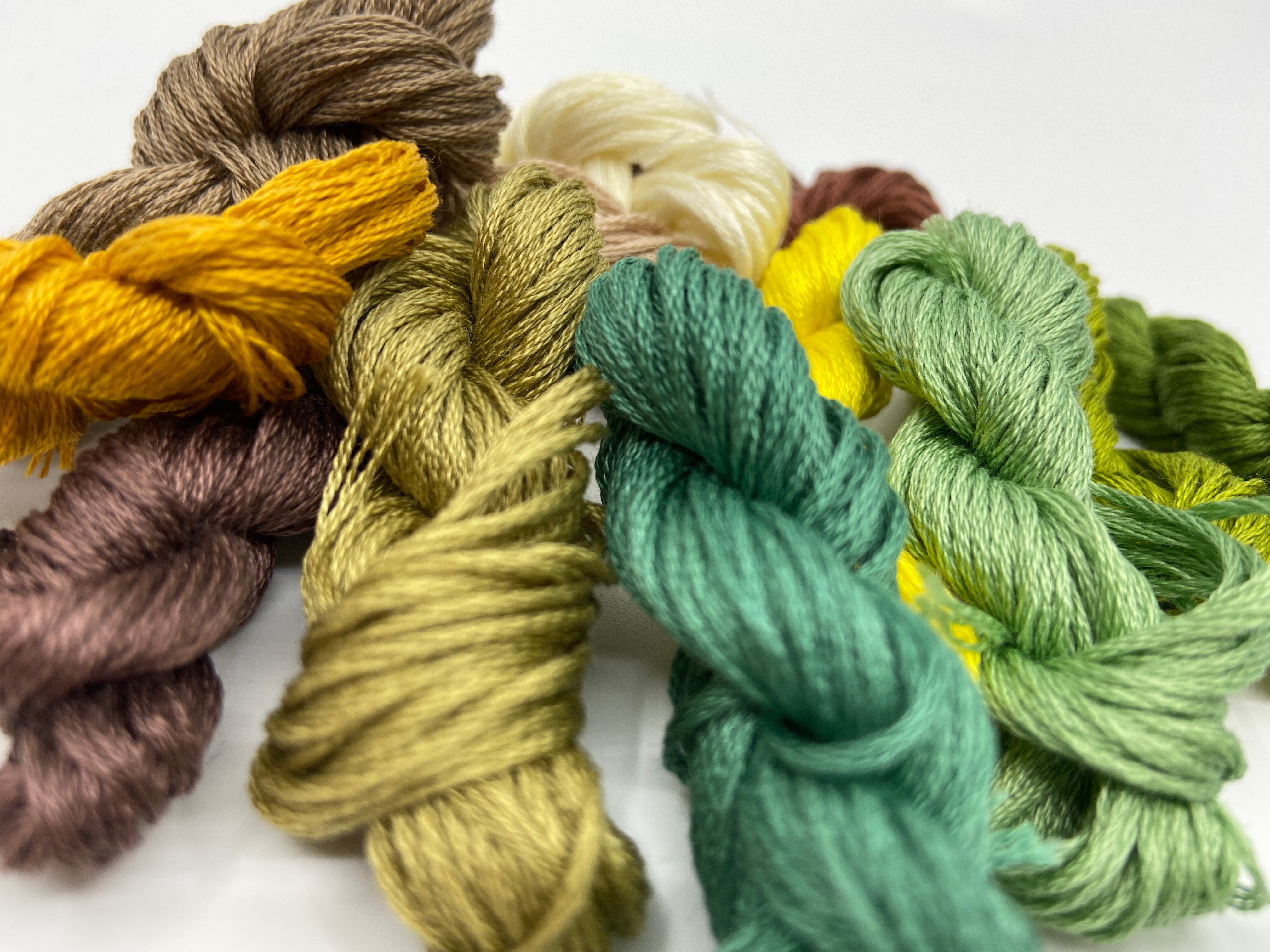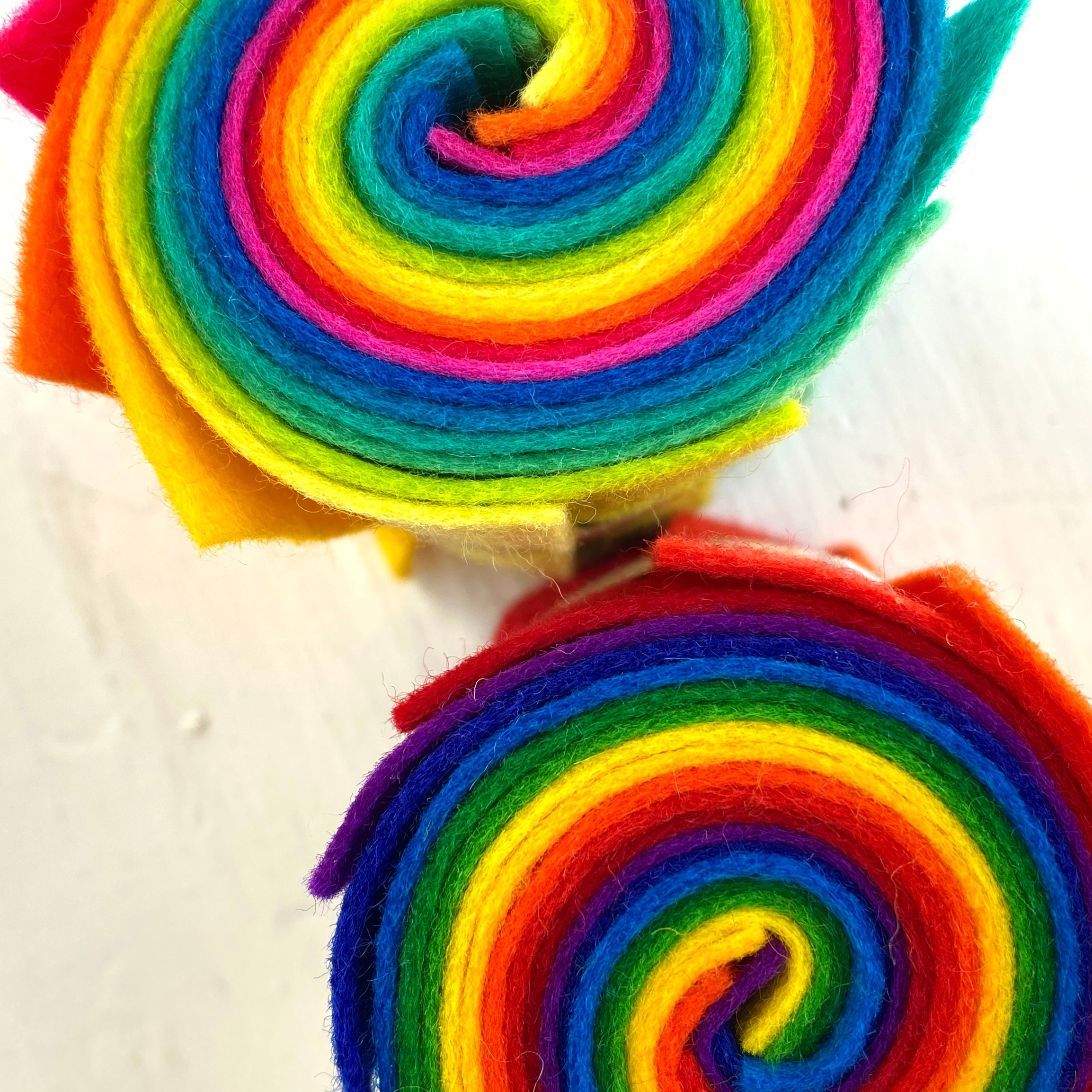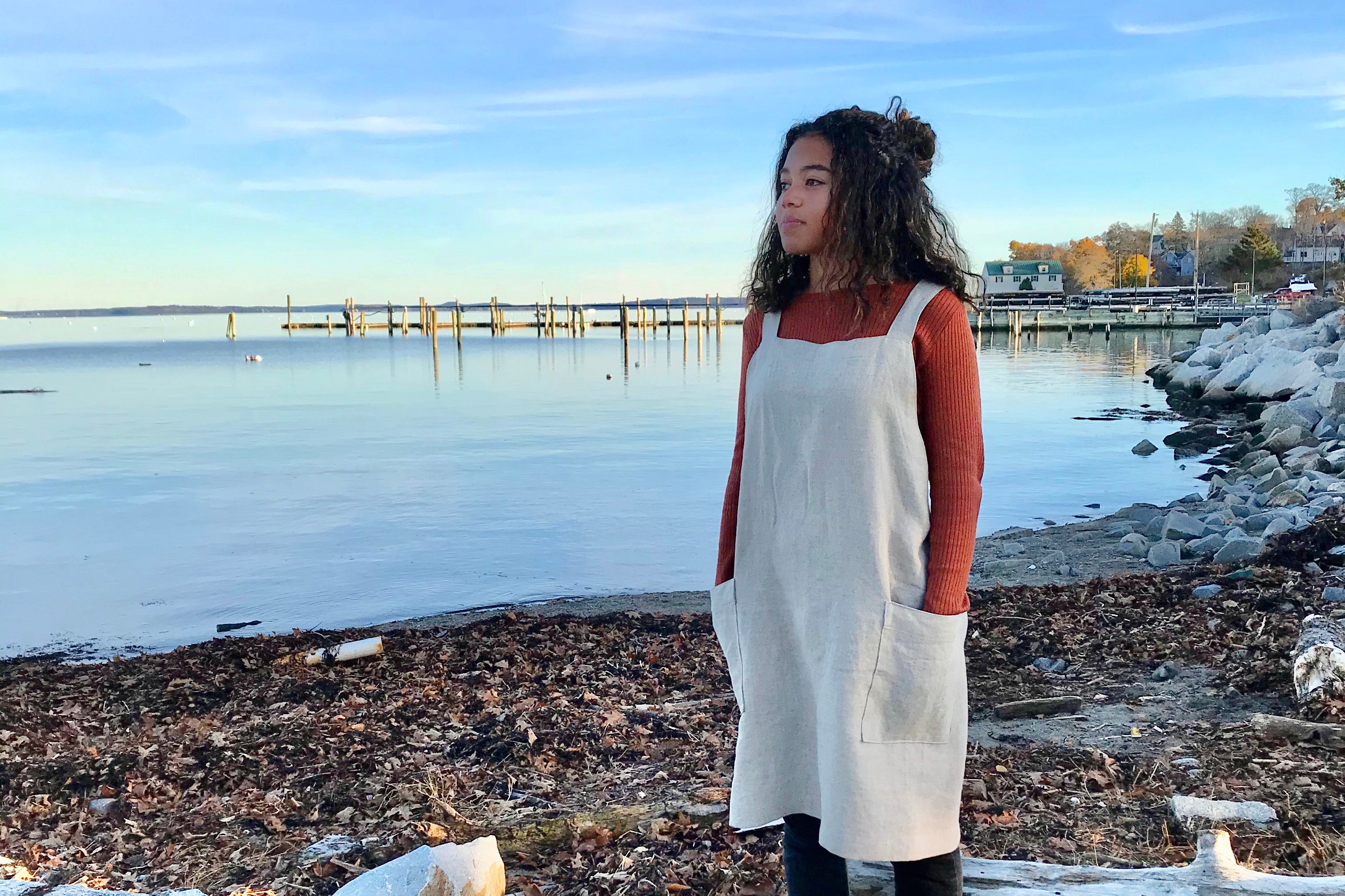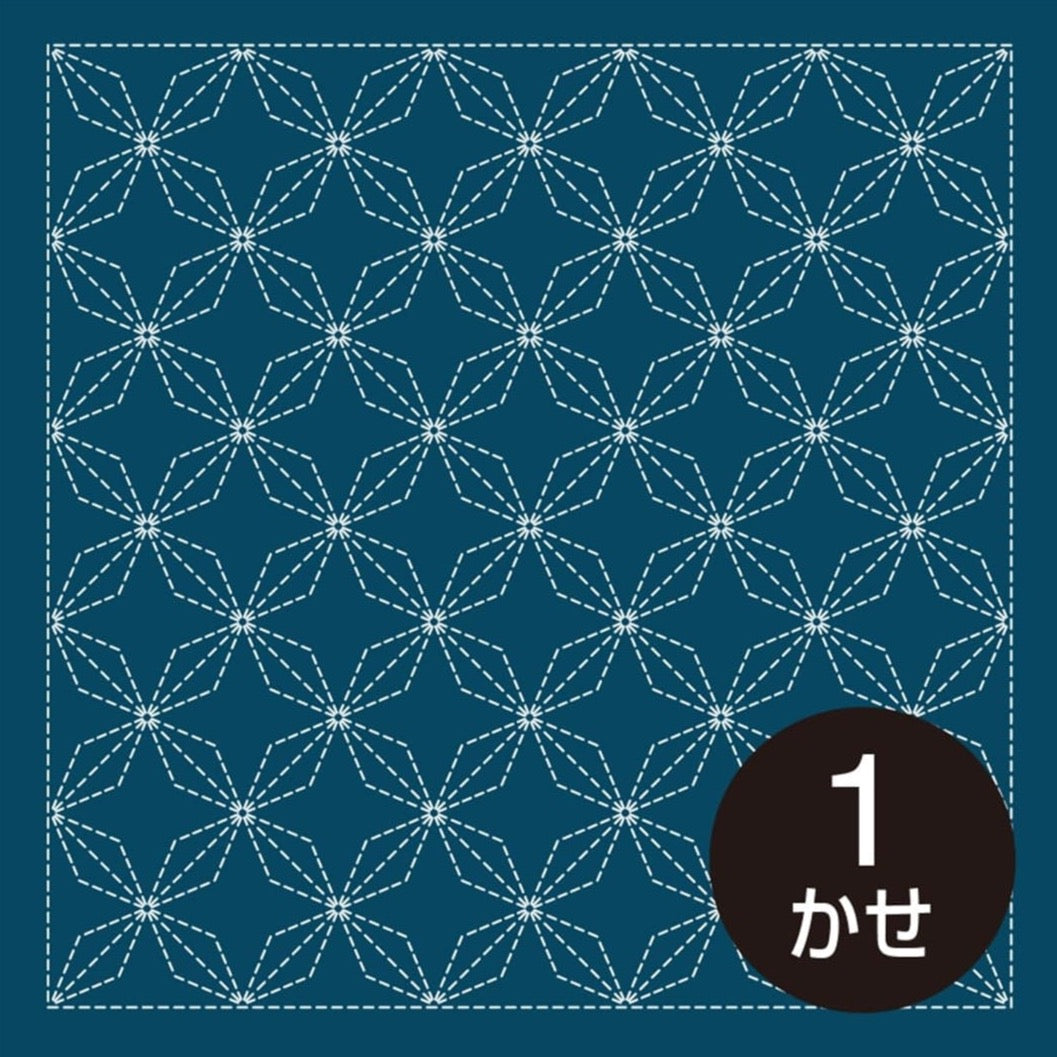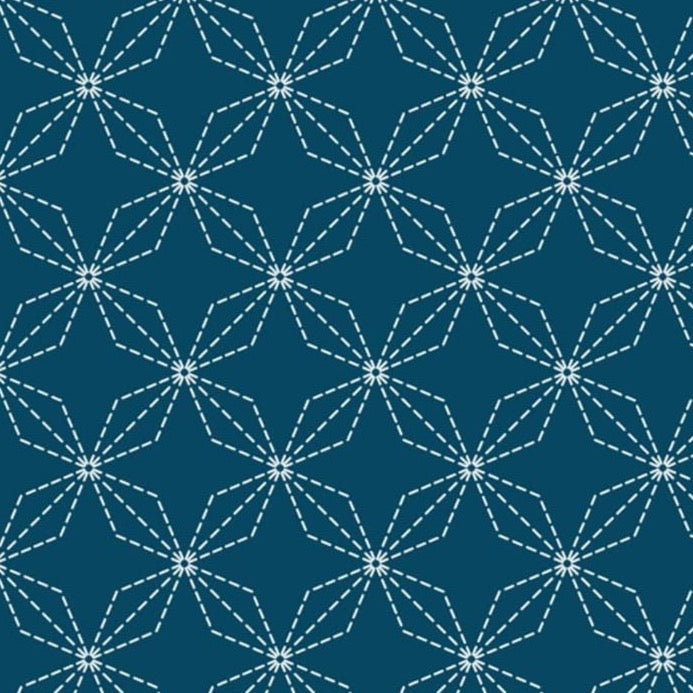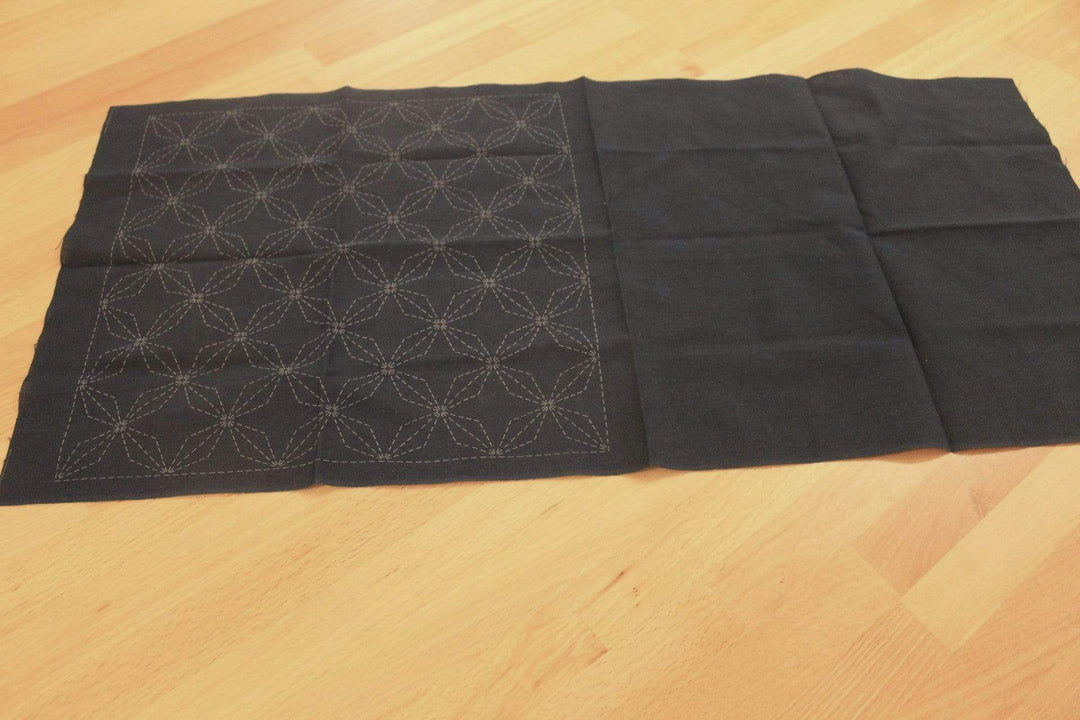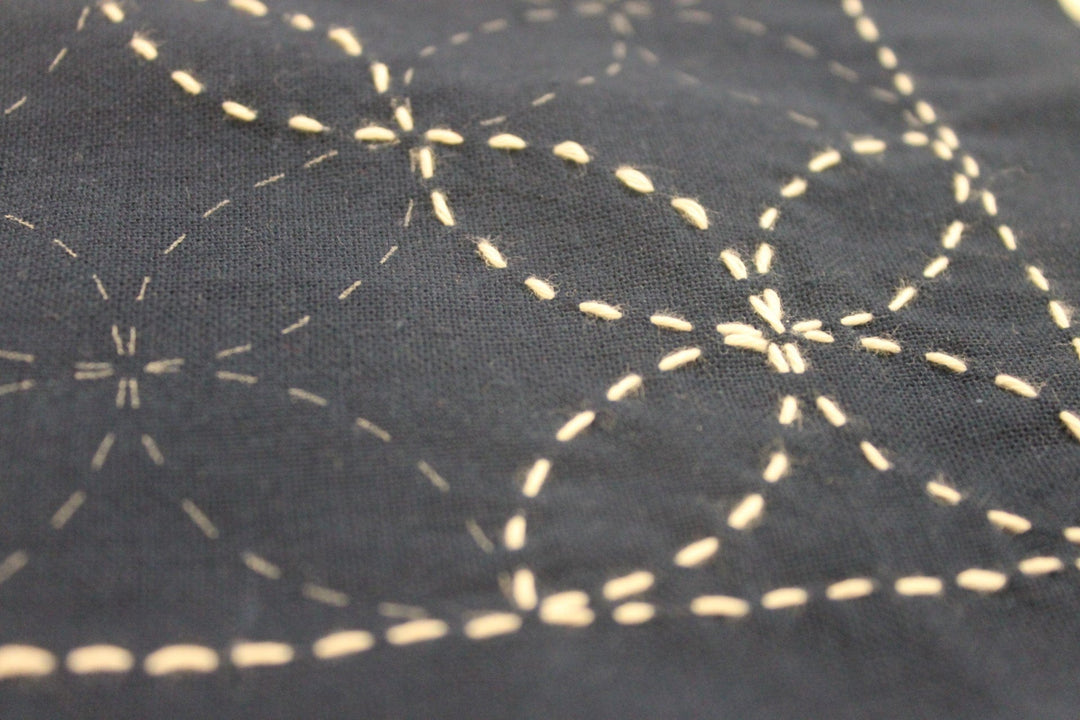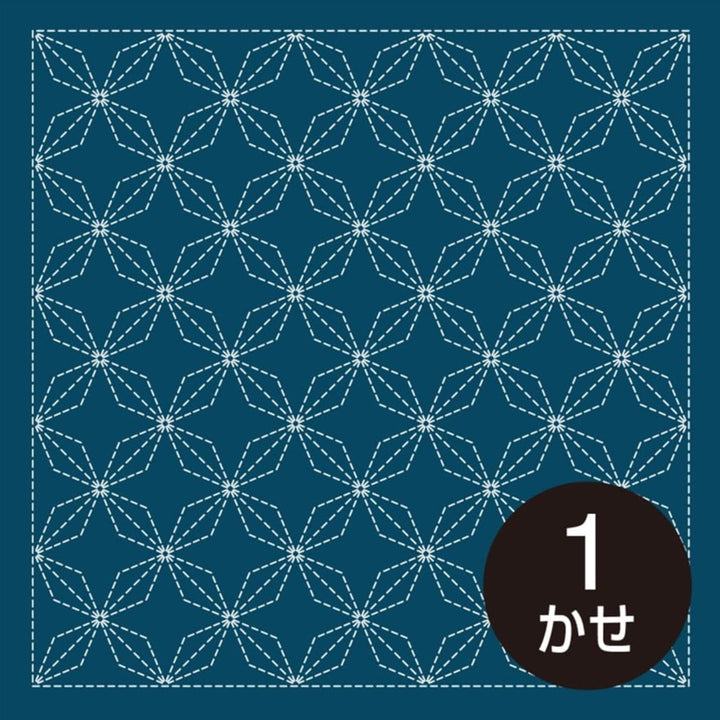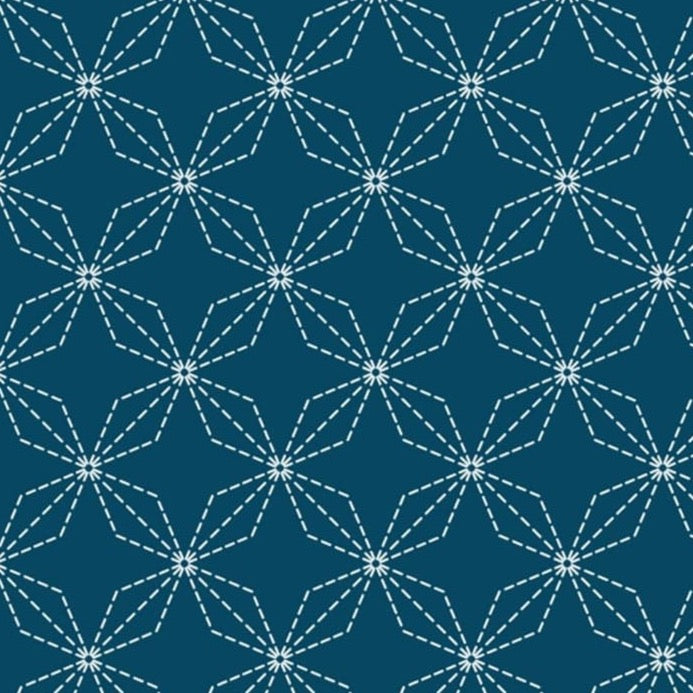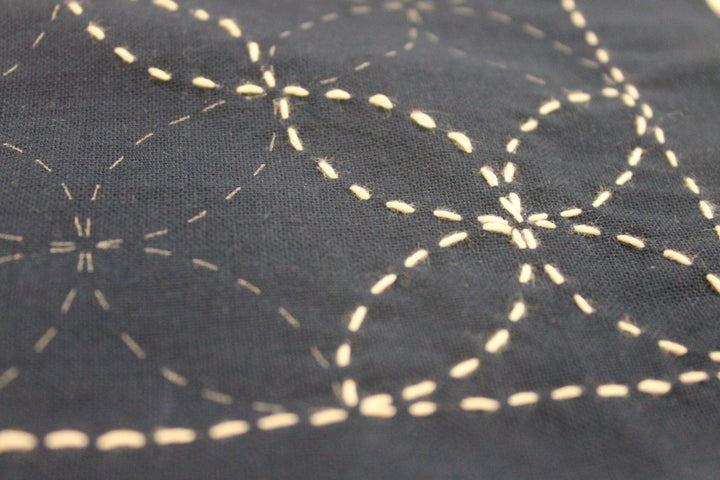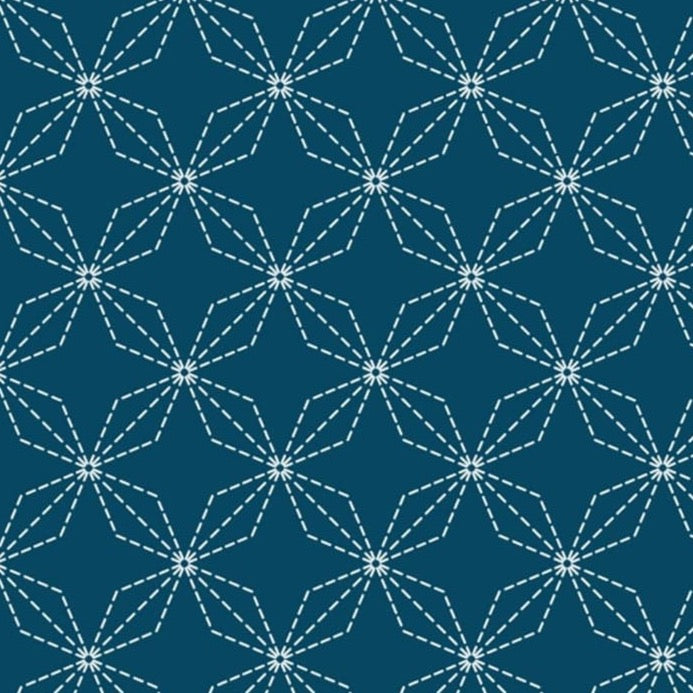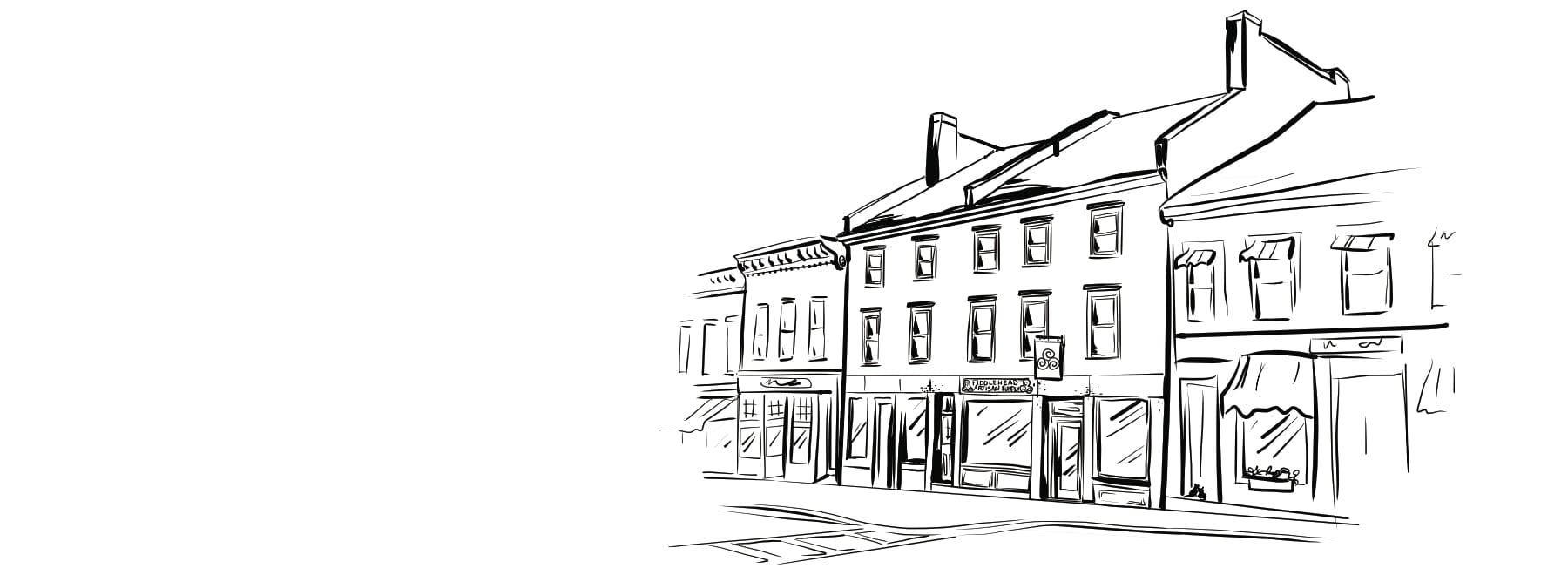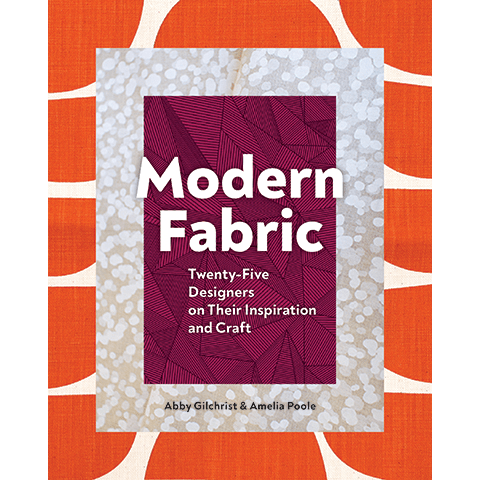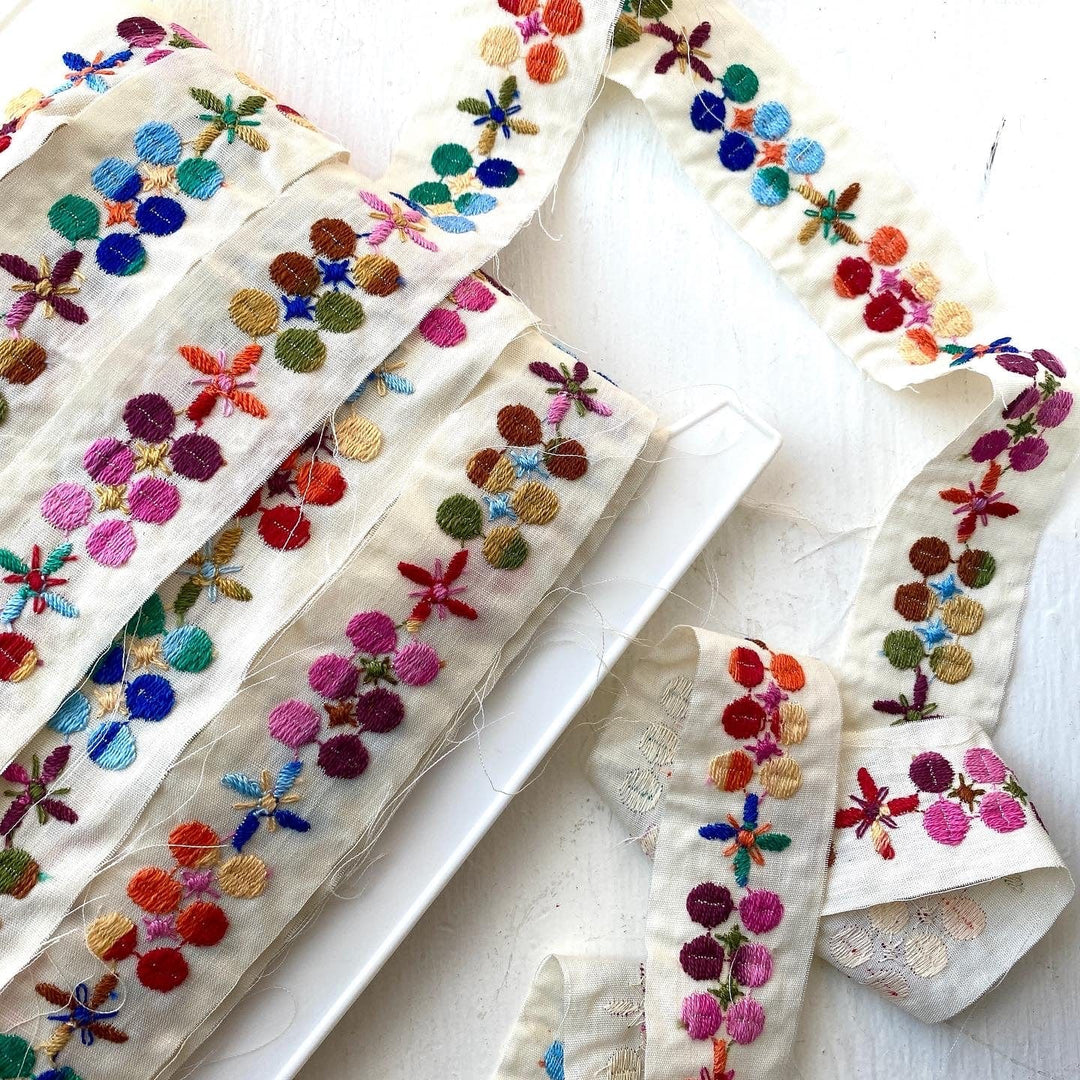Hana-bishi Sashiko Sampler in Navy
506520
Sashiko is a traditional form of Japanese embroidery, often used to stitch multiple layers of cloth together to create warm clothing, or for mending.
This printed sampler cloth is deisgned for making pillows, napkins, handkerchiefs, or any project that you would like to have the embroidery on. Use these squares as the center of a throw pillow, or part of it as a pocket on a dress or bag. These squares could even be incorporated into quilts.
The printed pattern measures 12" x 12", and is on one end of the larger piece of cloth that measures approximately 13" x 28". See the photograph for and example of what one of the navy samplers looks like when spread out.
This package contains only the printed cloth. Needles and thread will need to be purchased separately.
The navy samplers are a true navy color, not the blue that is shown on the stitch diagrams in the listings.
The printed pattern is water soluble and will disapear when washed or wiped with a wet cloth. Pressing the cloth with your iron could cause the printed design to set permanently and not wash out when you are finished with the embroidery.
The directions in this kit are entirely in Japanese. There are diagrams in the directions that show suggested stitching directions. Here are some suggestion that we have put together that might be helpful:
- You can stitch through just one or both layers of the cloth
- Stitching through one layer will leave the other side of the cloth to fold back over to make a kerchief or to make a small pillow once you are finished with the embroidery.
- Stitching through both layers will be a bit more work, but will create a thicker and more traditional quilted appearance. If you do this, fold the unmarked half to the back of the half with the printed design. Make sure to hand press the layers together and keep them pinned until you have stitched across enough times to keep both the layers flat and even.
- Sashiko embroidery does not use hoops. It uses a simple running stitch to make different patterns. The stitching is done by gathering quite a few stitches on the needle at one time before pulling it through the fabric.
- Work across the cloth in a line, or on a zig zagging path across the cloth. Once you reach the other side, turn and take another path across.
- You can use different colors for different parts of the design if you like.
- Make sure to keep the threads loose while you are stitching. As the cloth fills up with your stitching, it will start to get a bit tighter feeling, so you want to have more relaxed stitches to give as much ease as possible. Be especially aware of keeping threads loose in the back of the cloth when turning corners, or making curves. Tight stitches could result in the final piece being a bit bunched and not able to lie flat.


